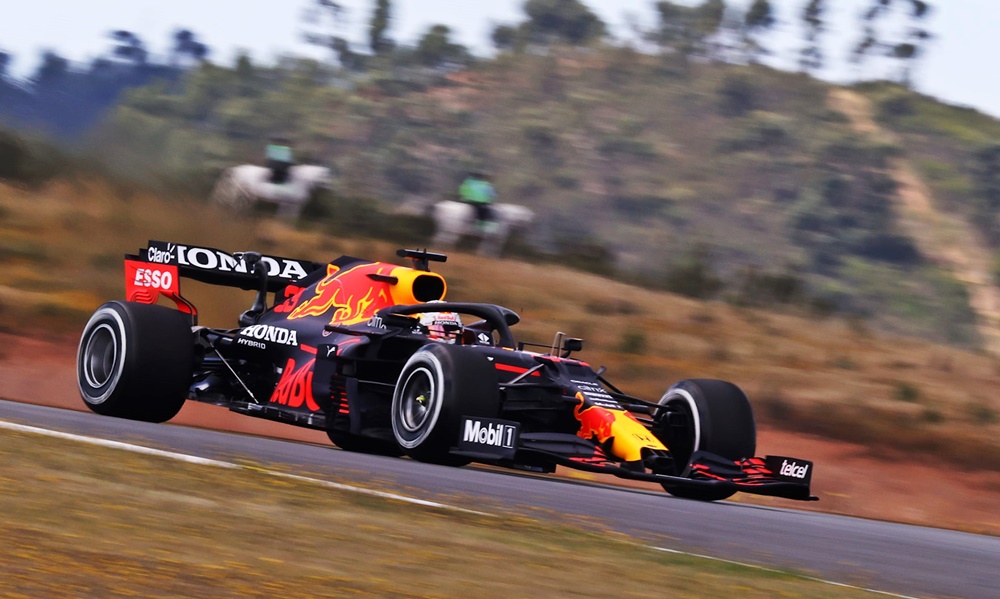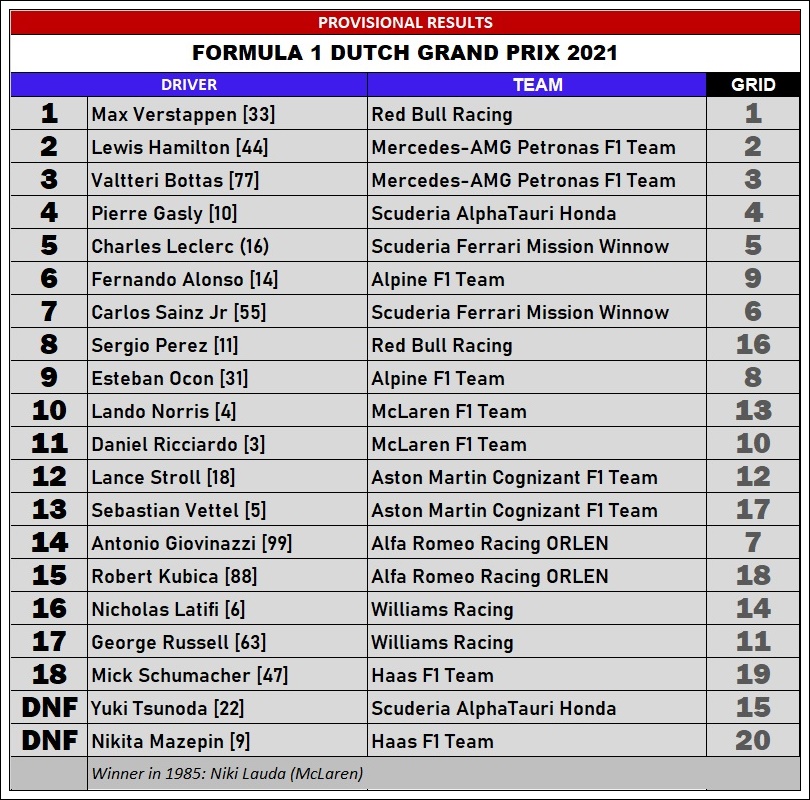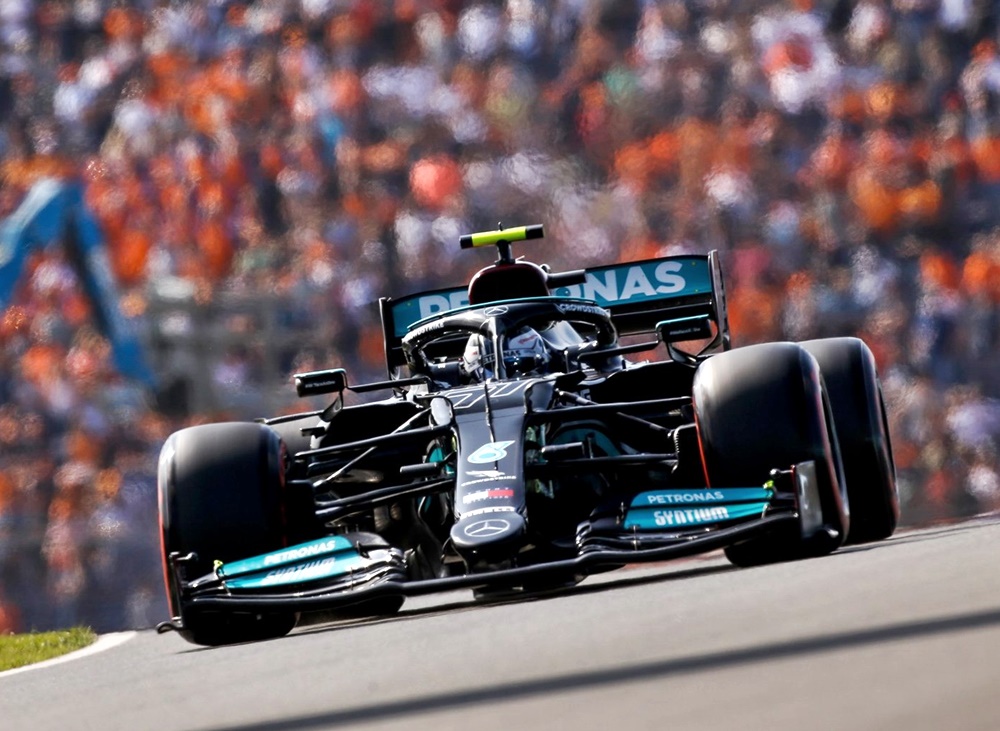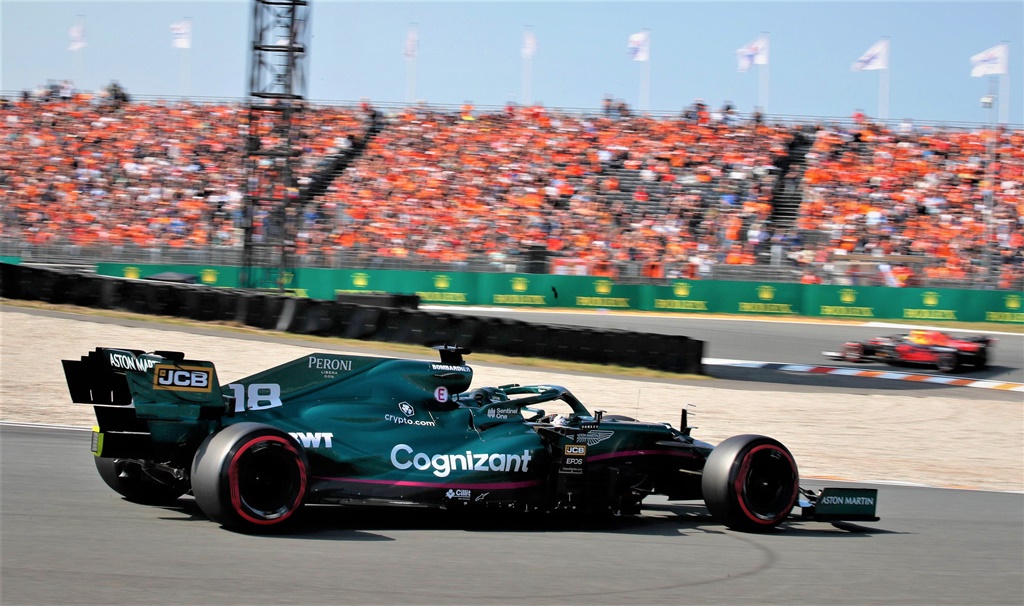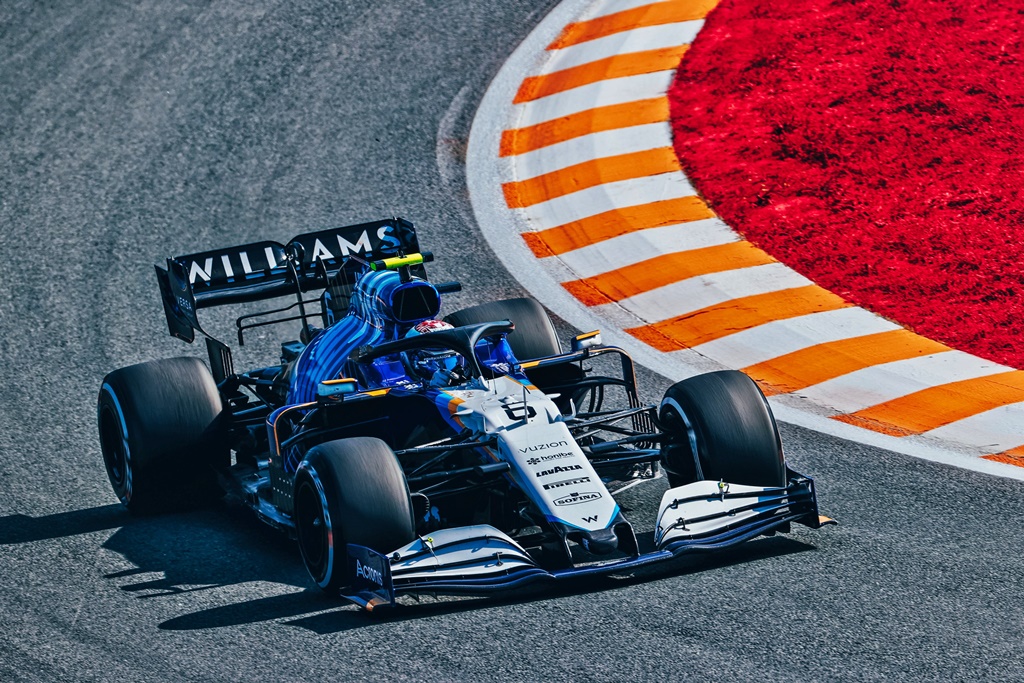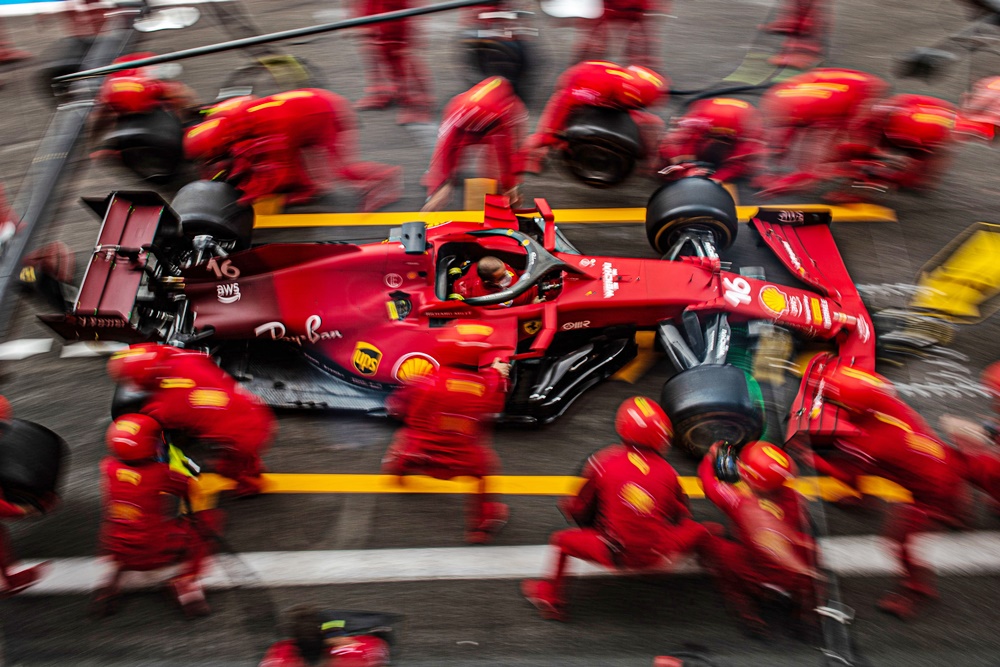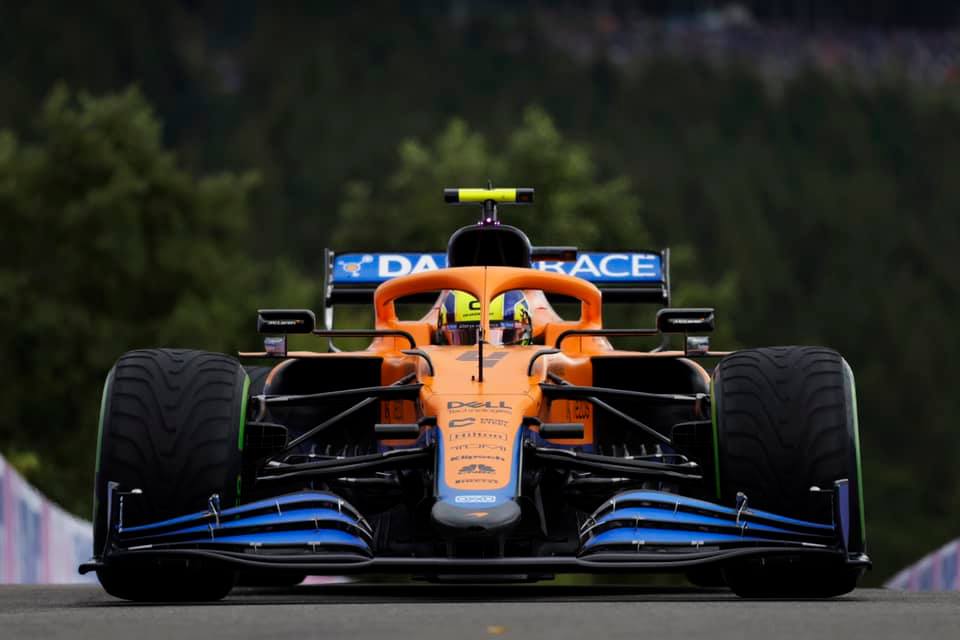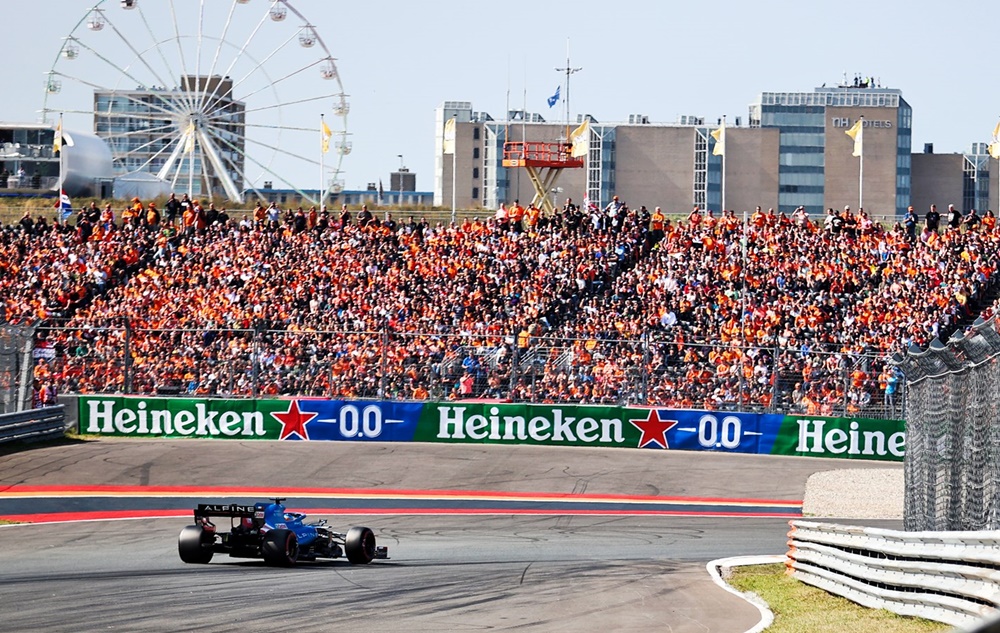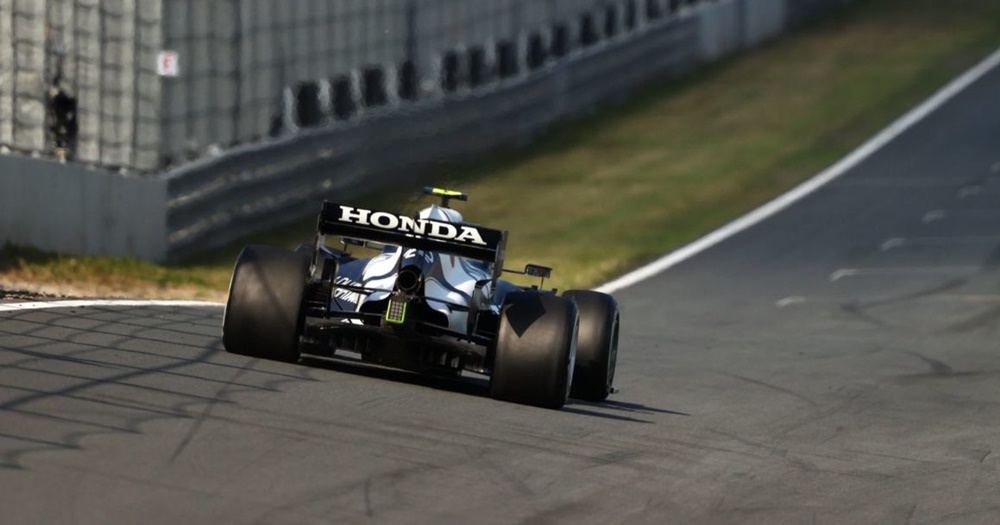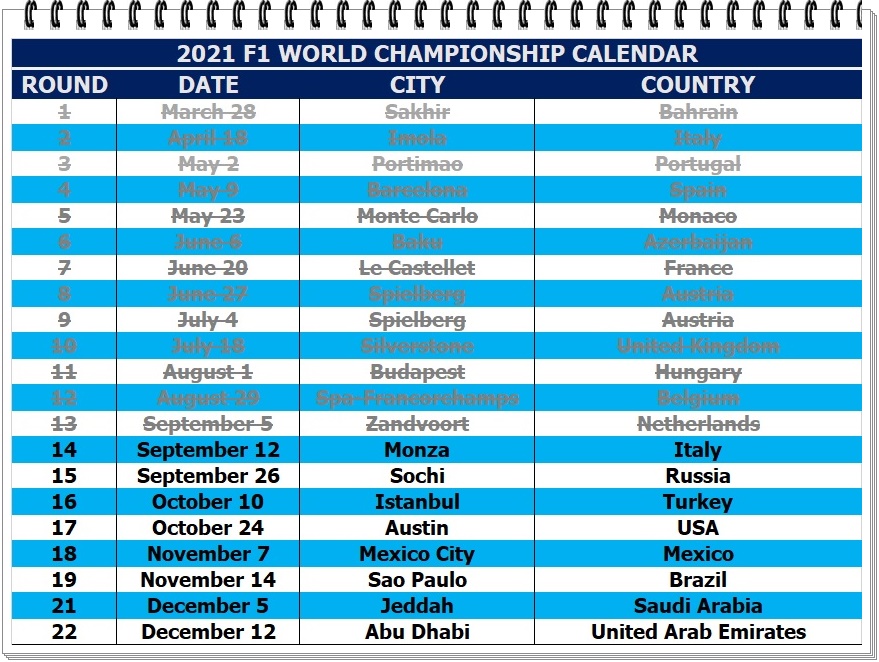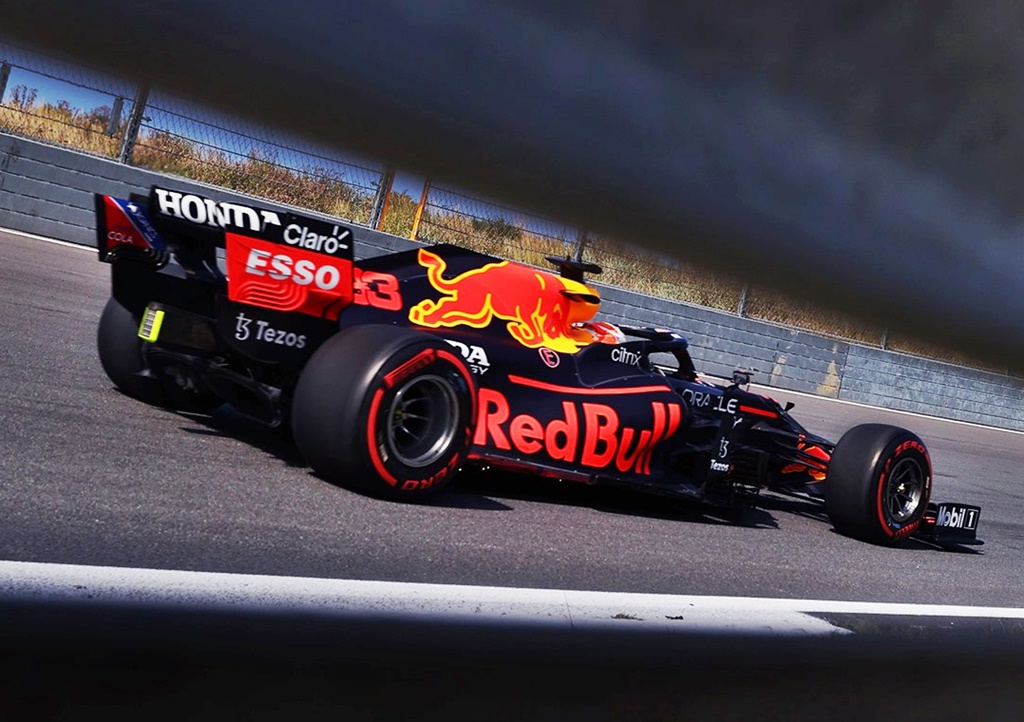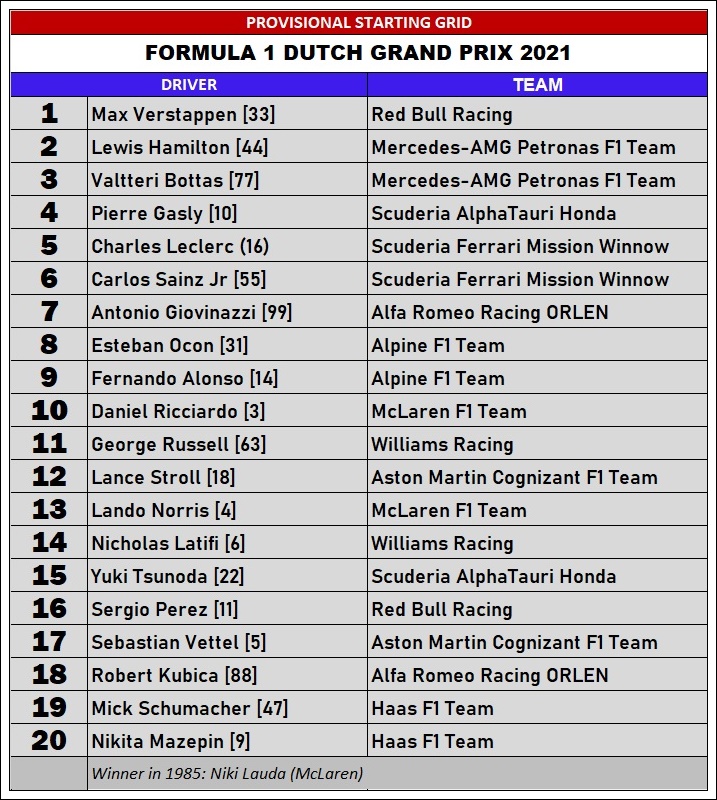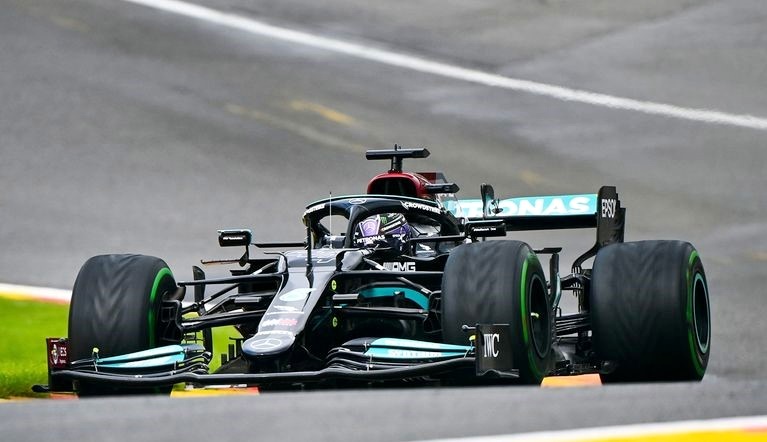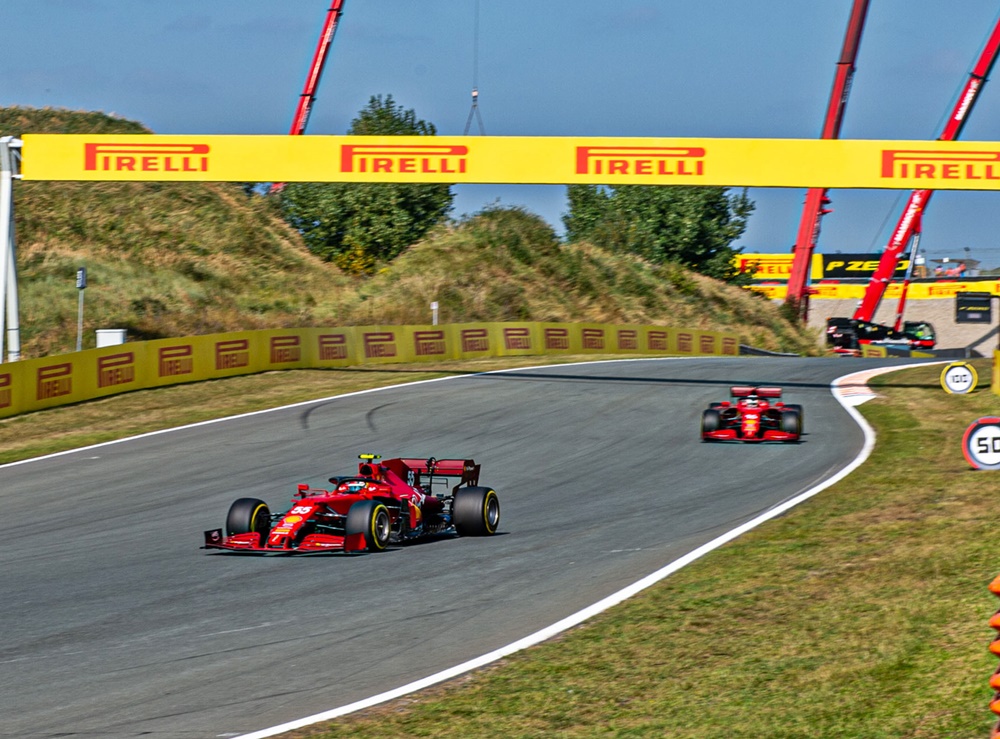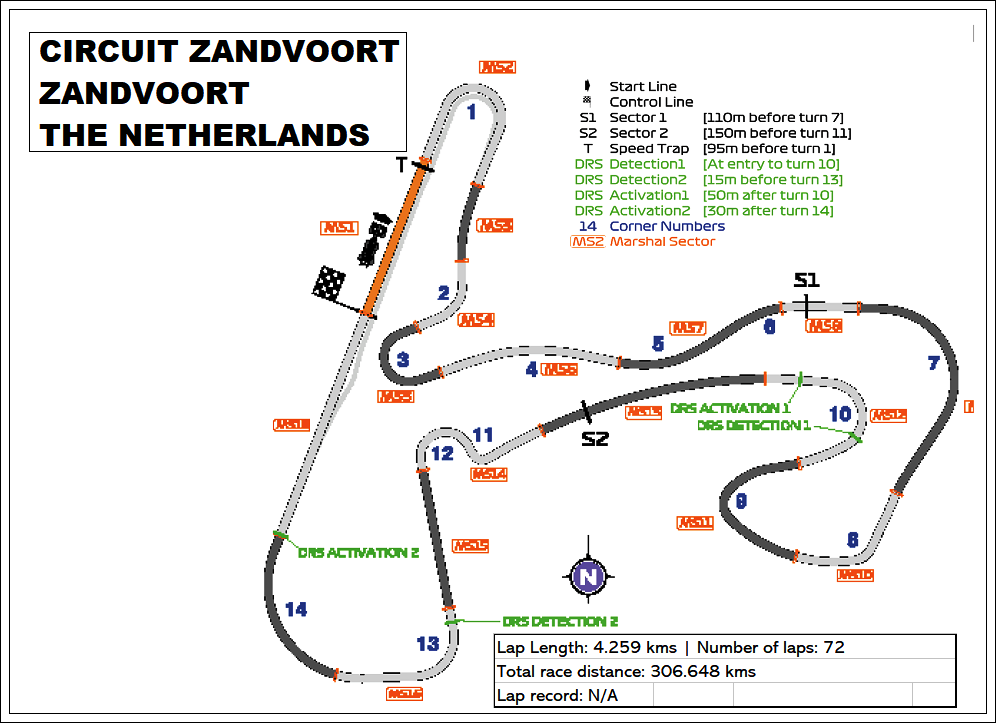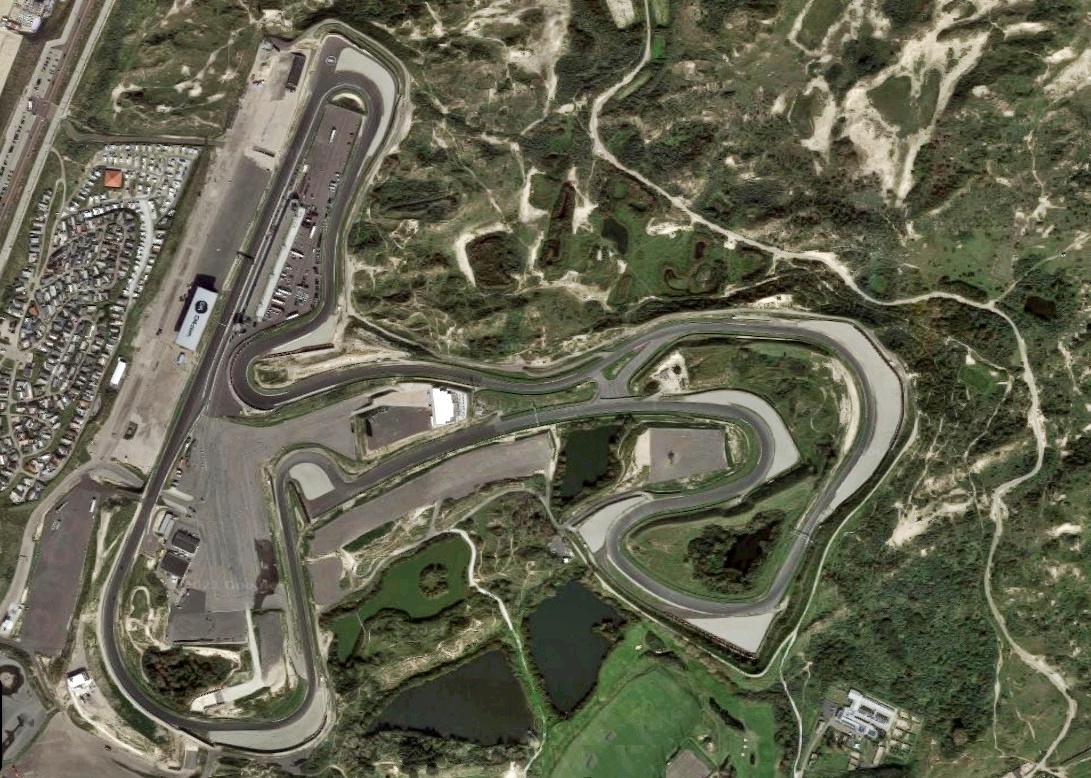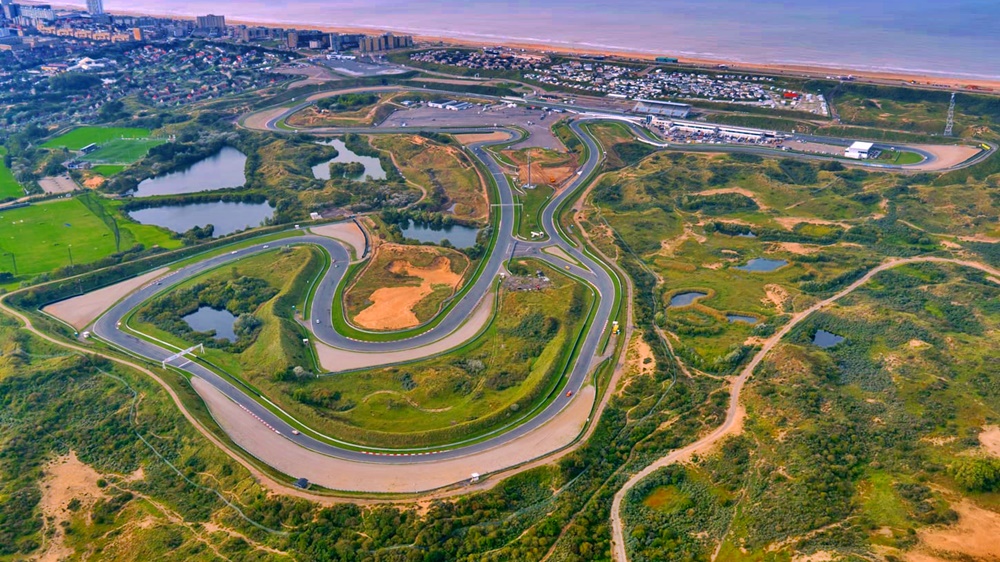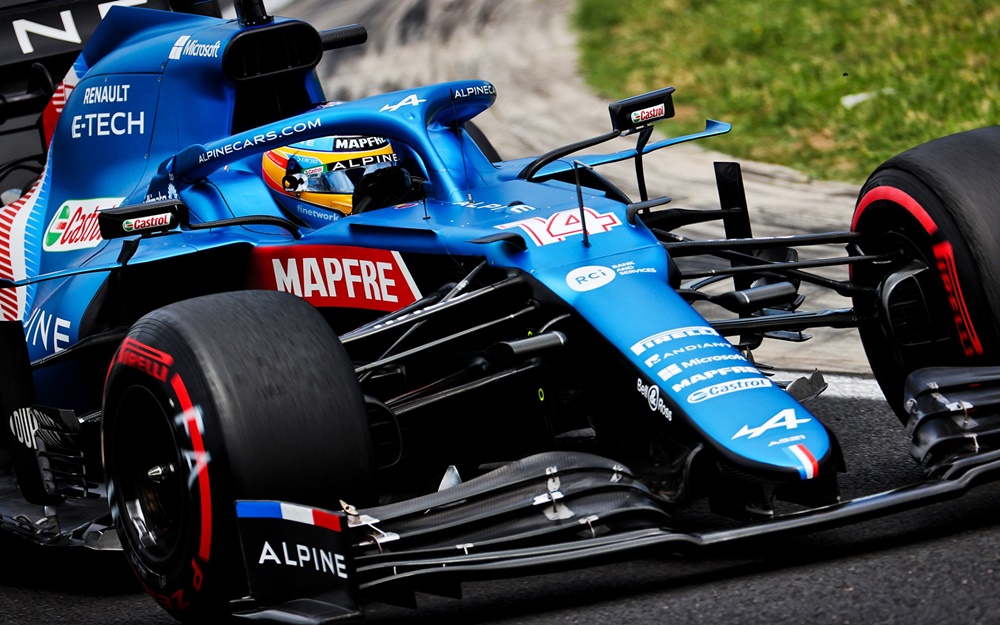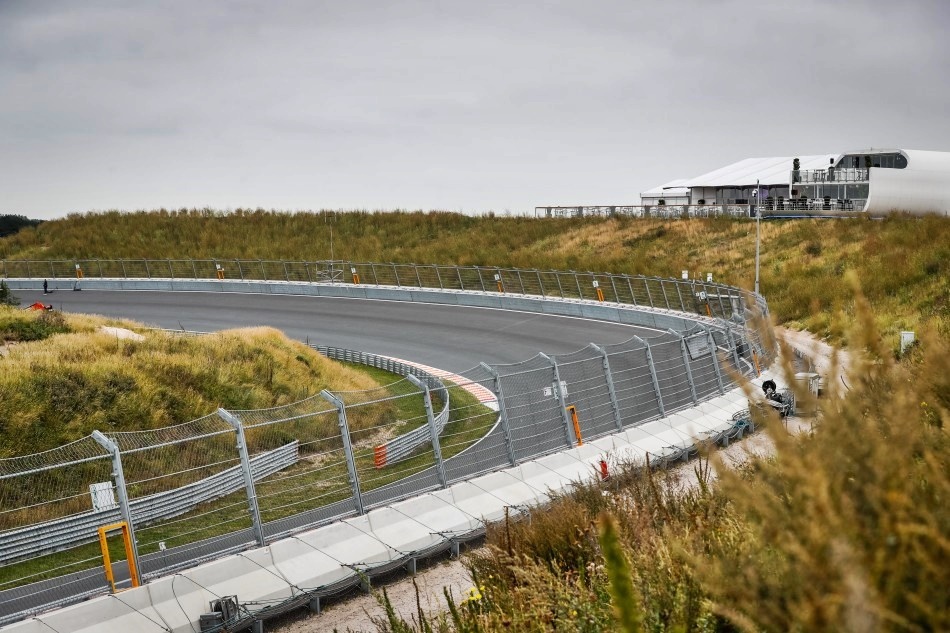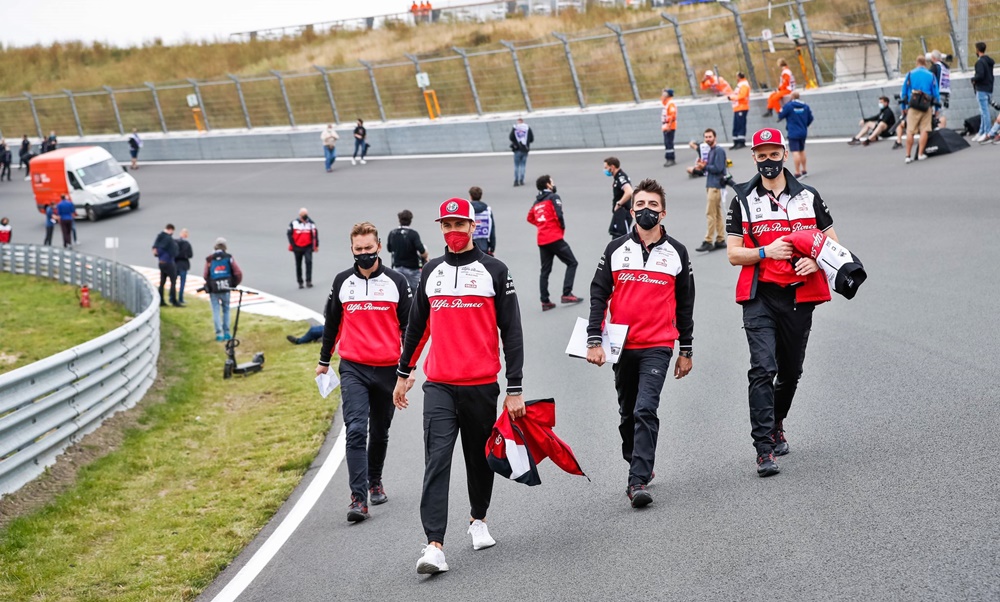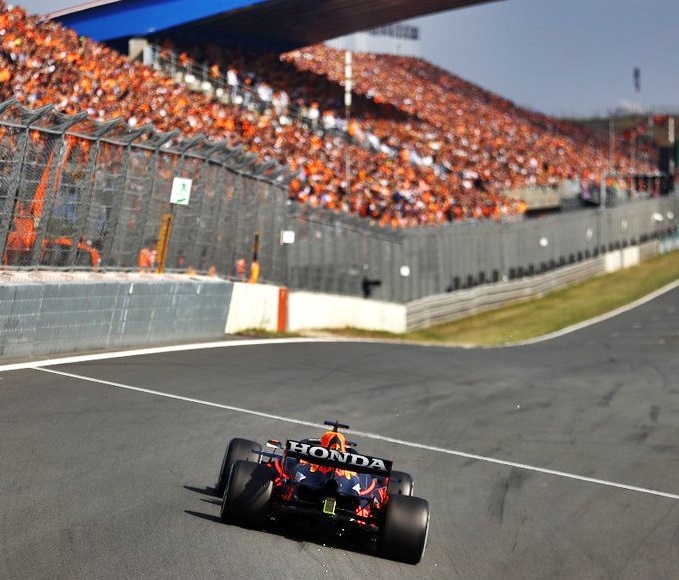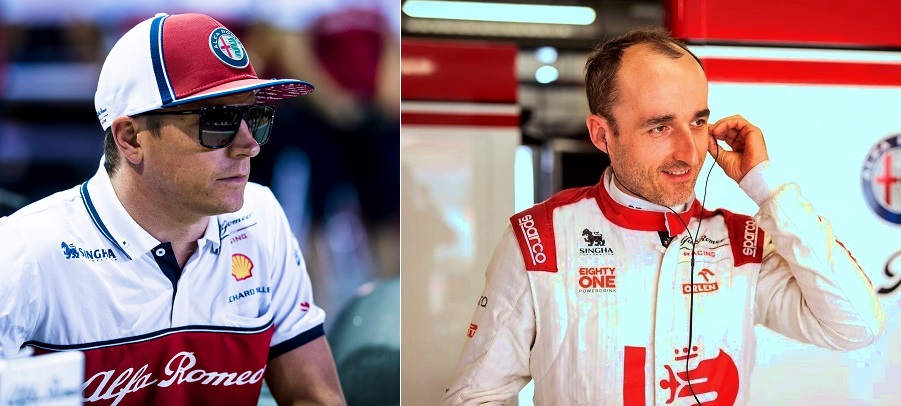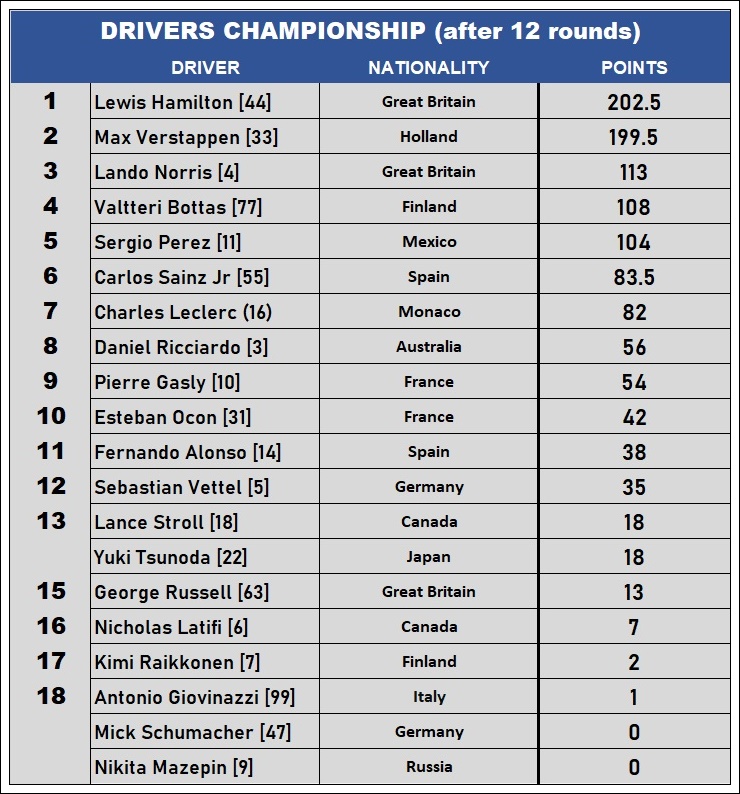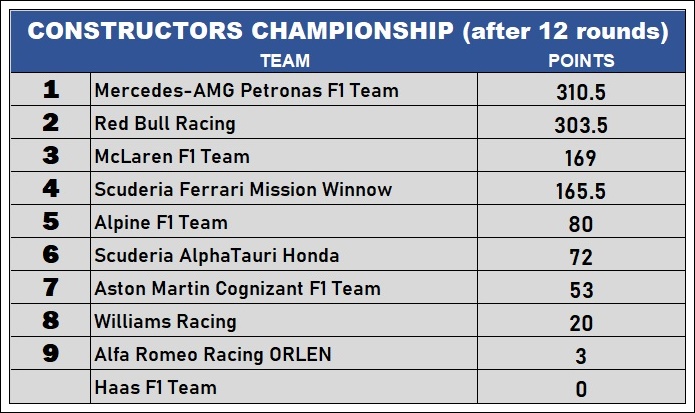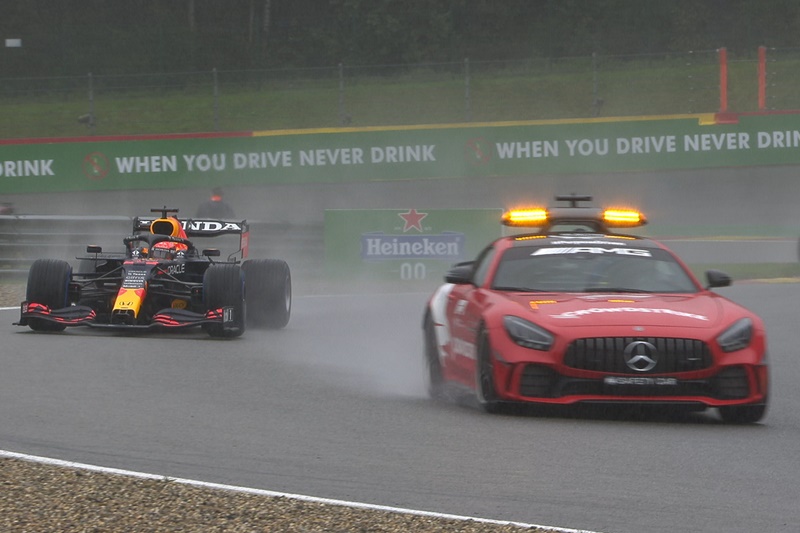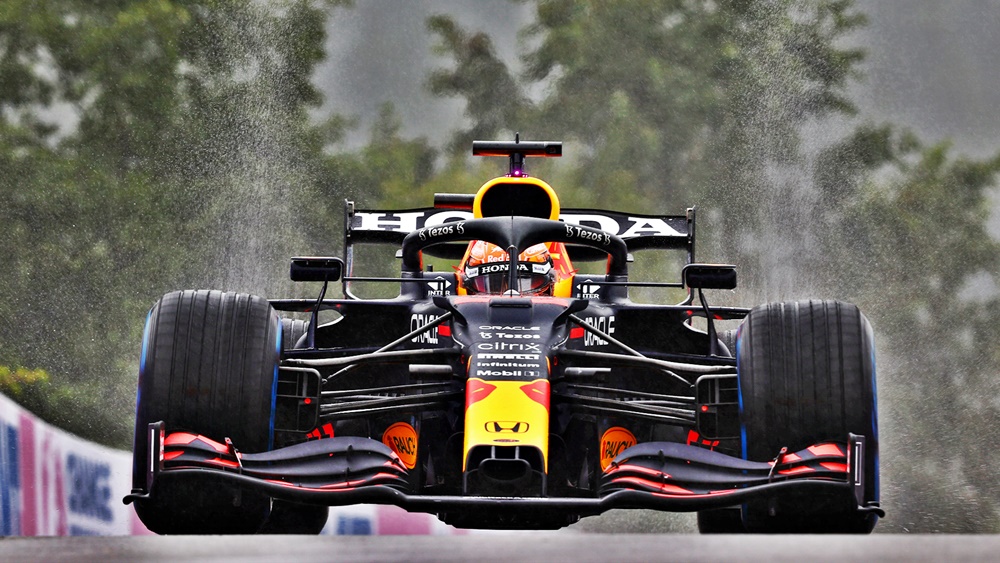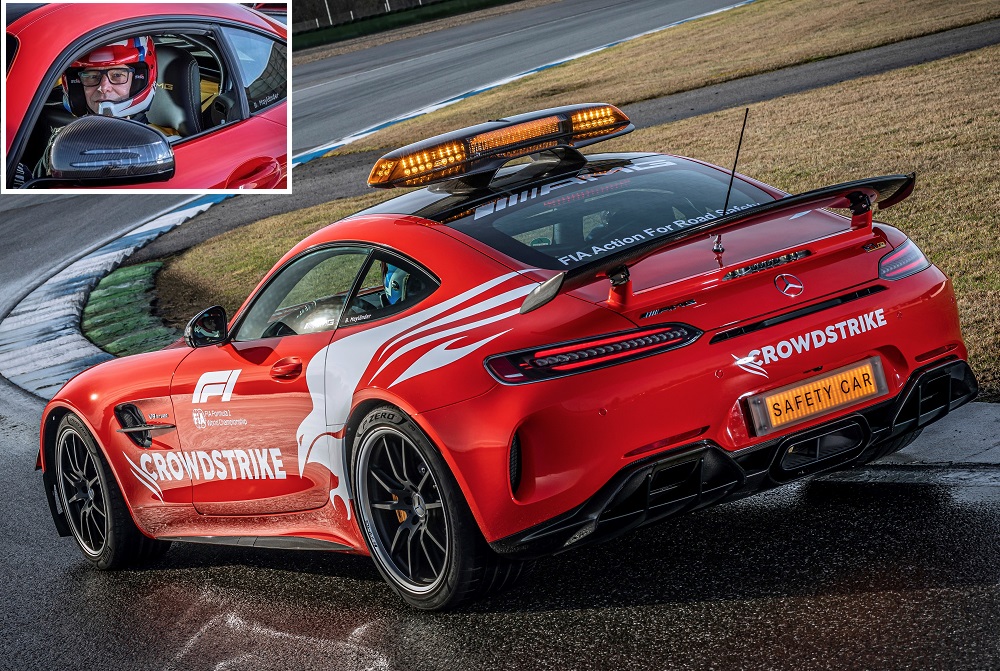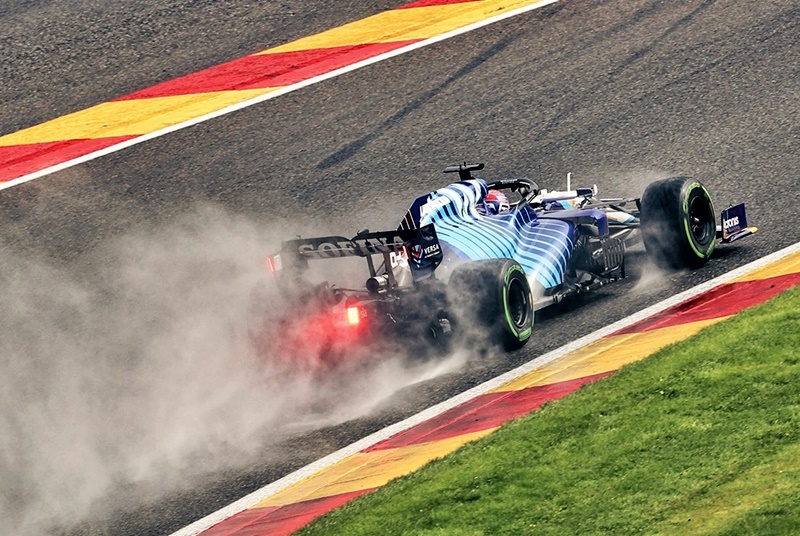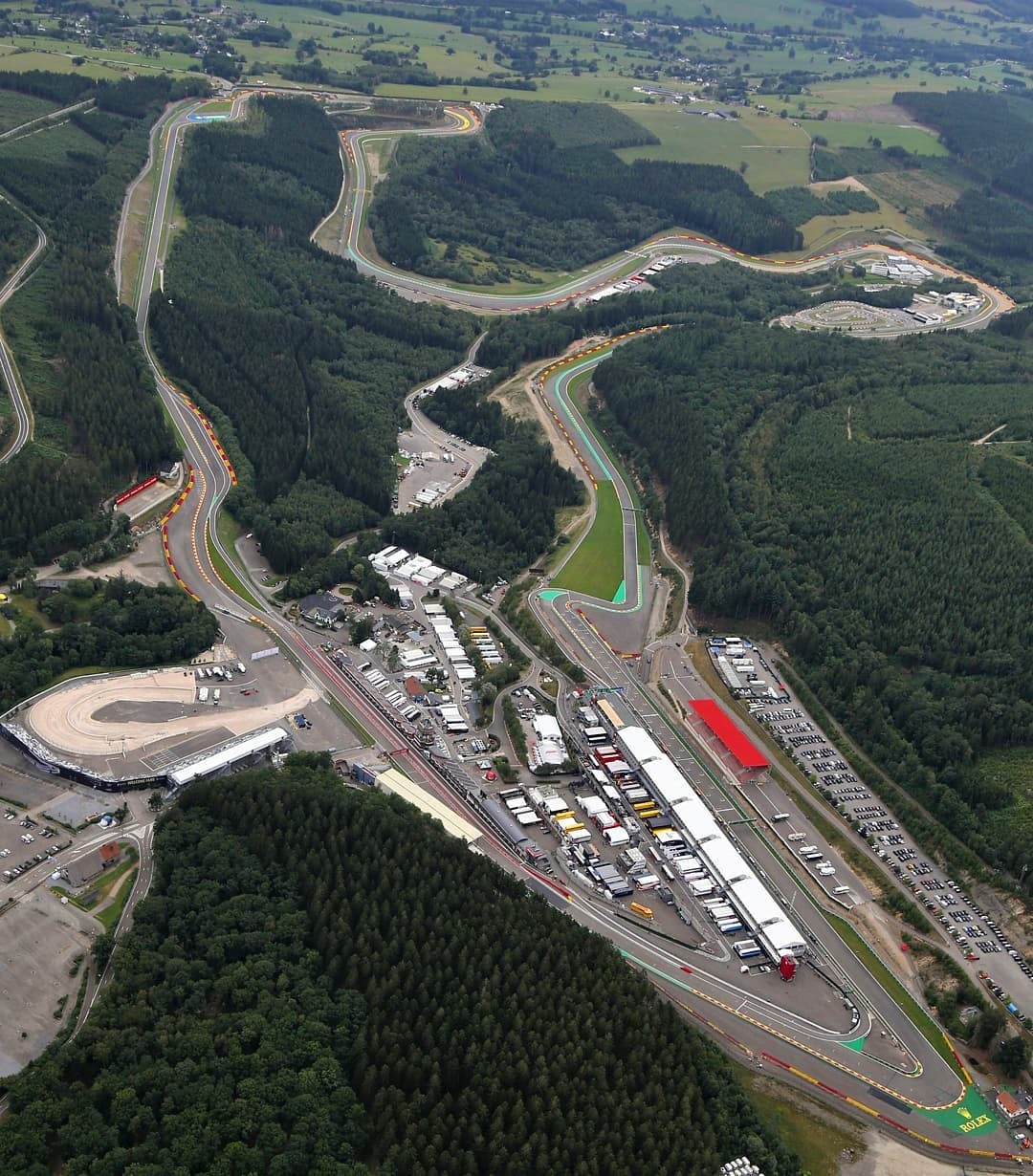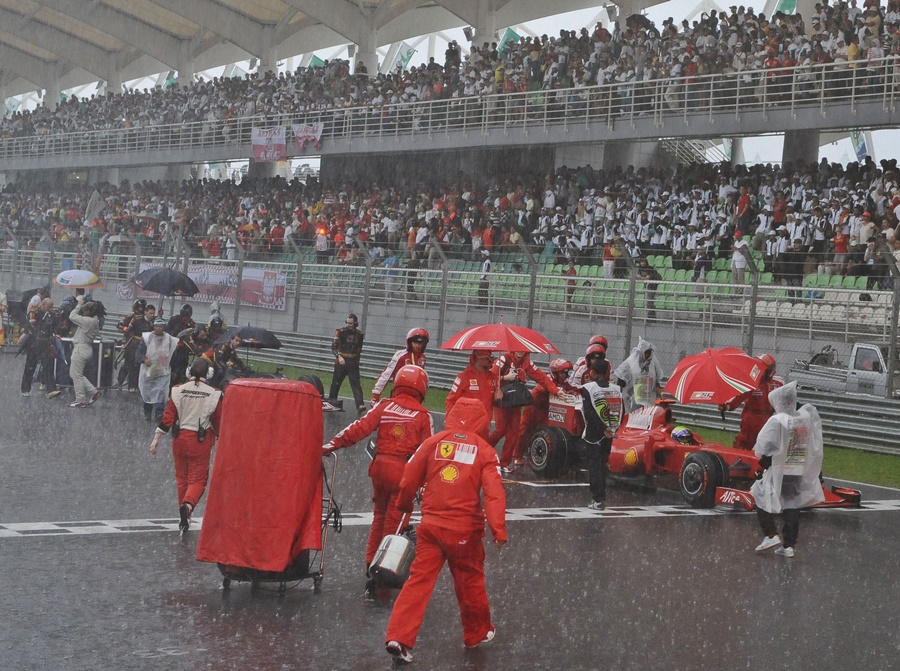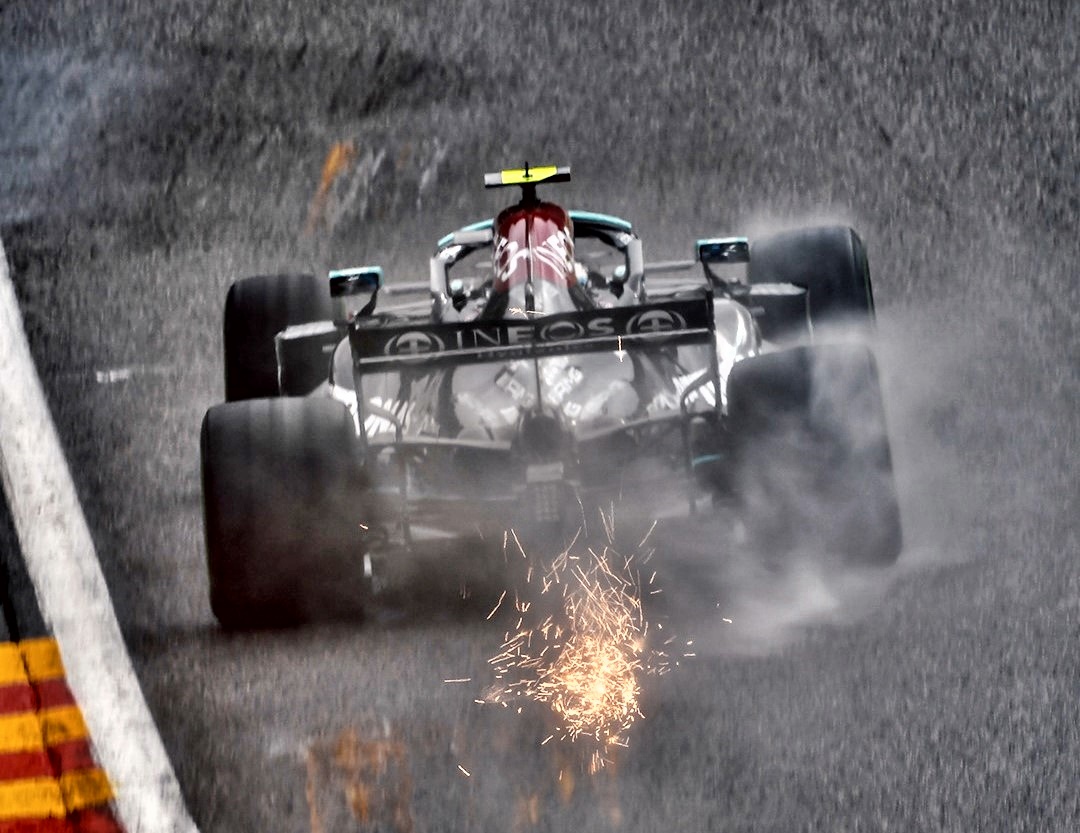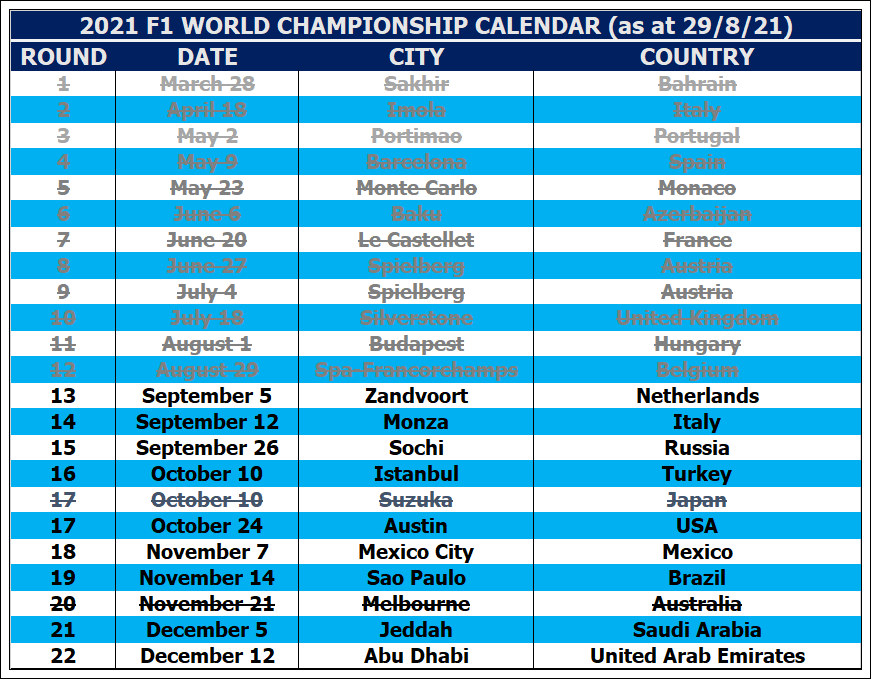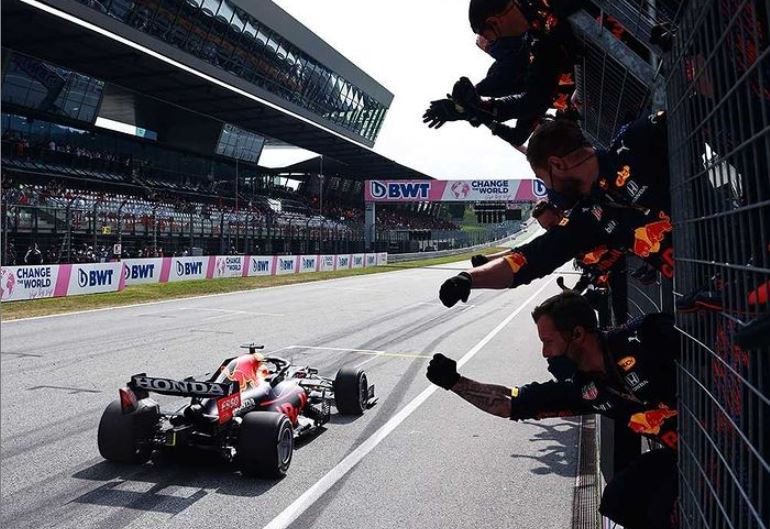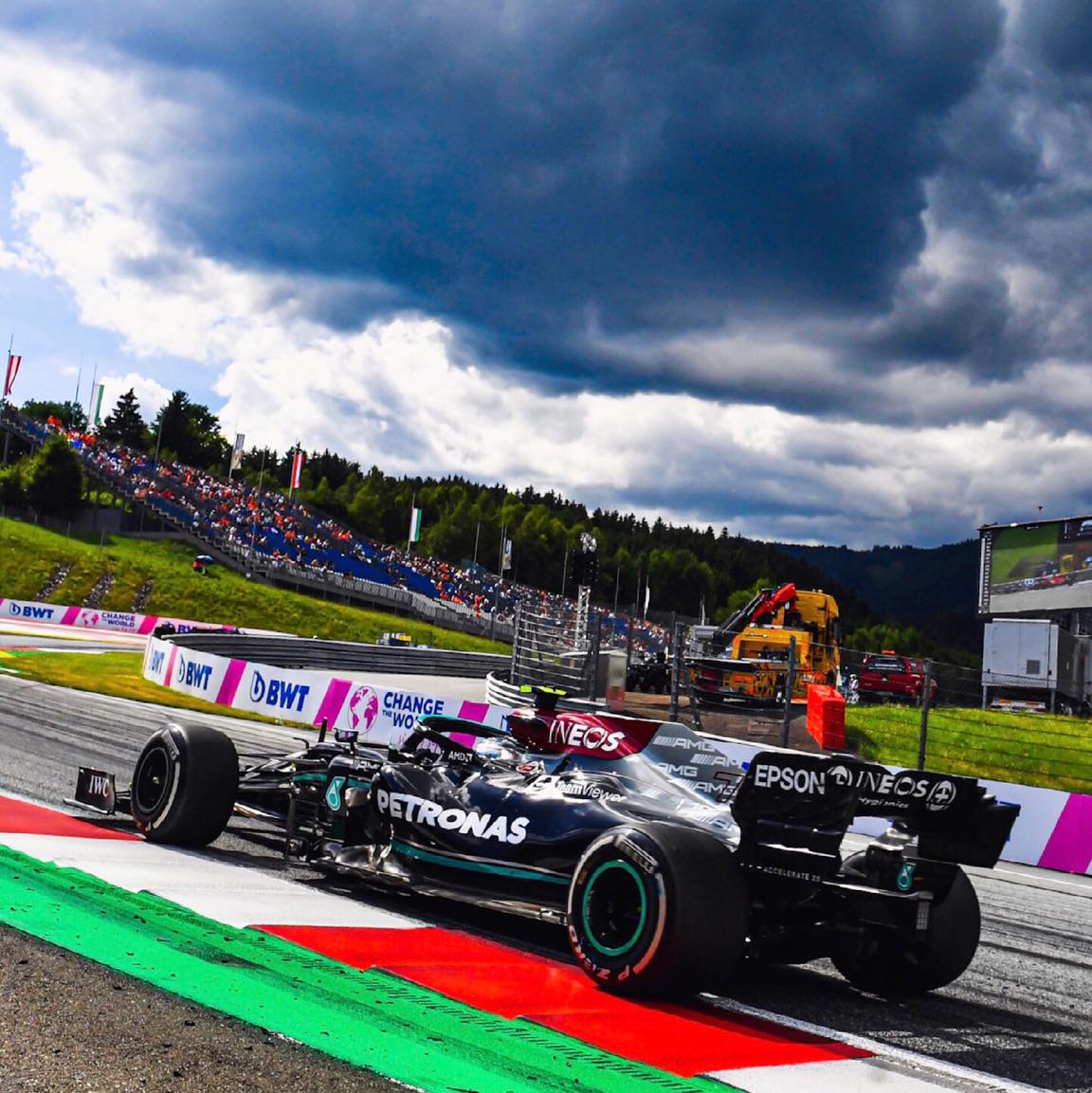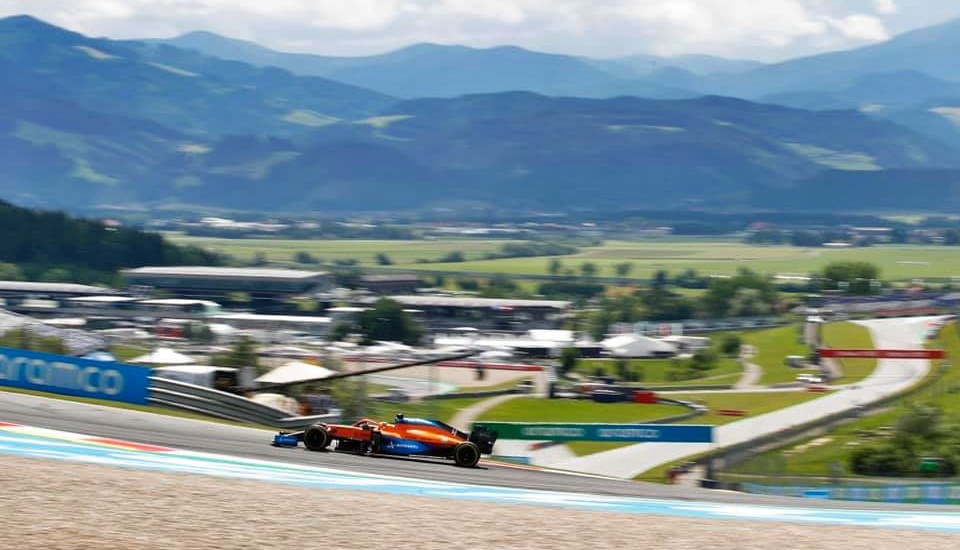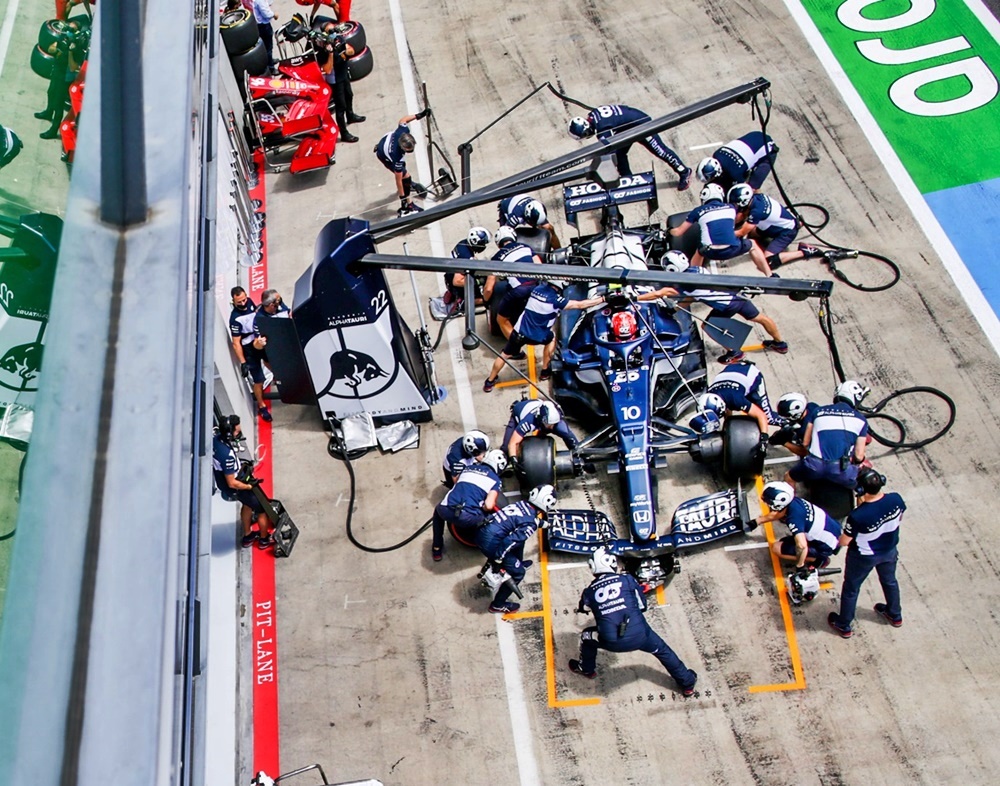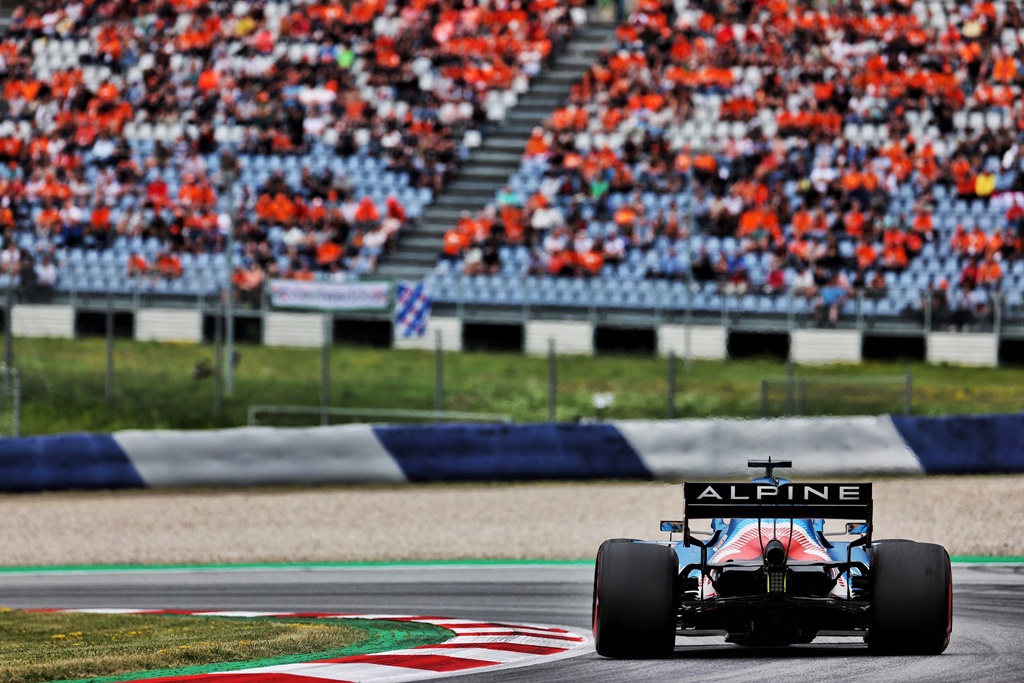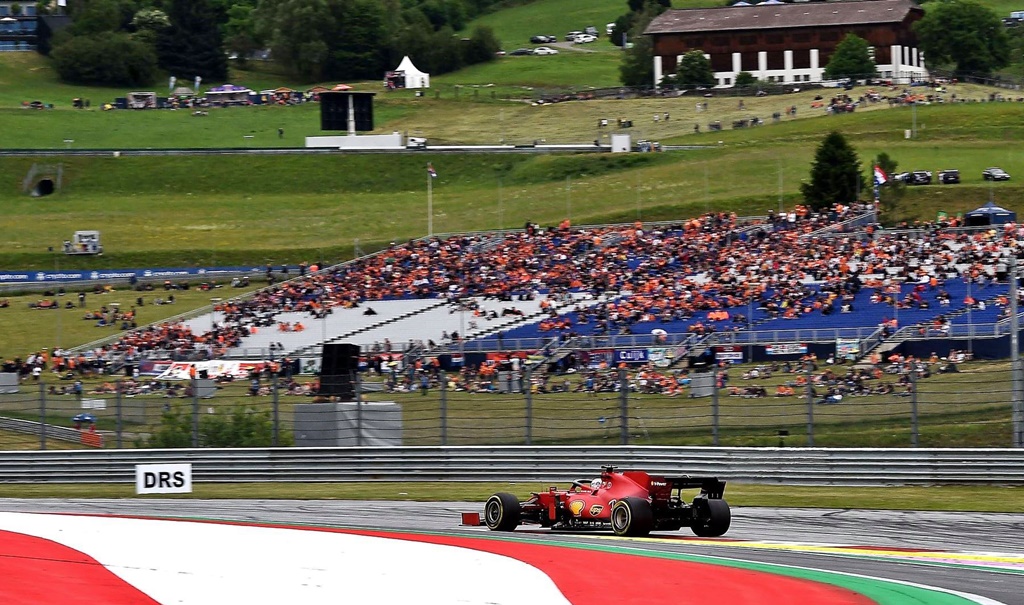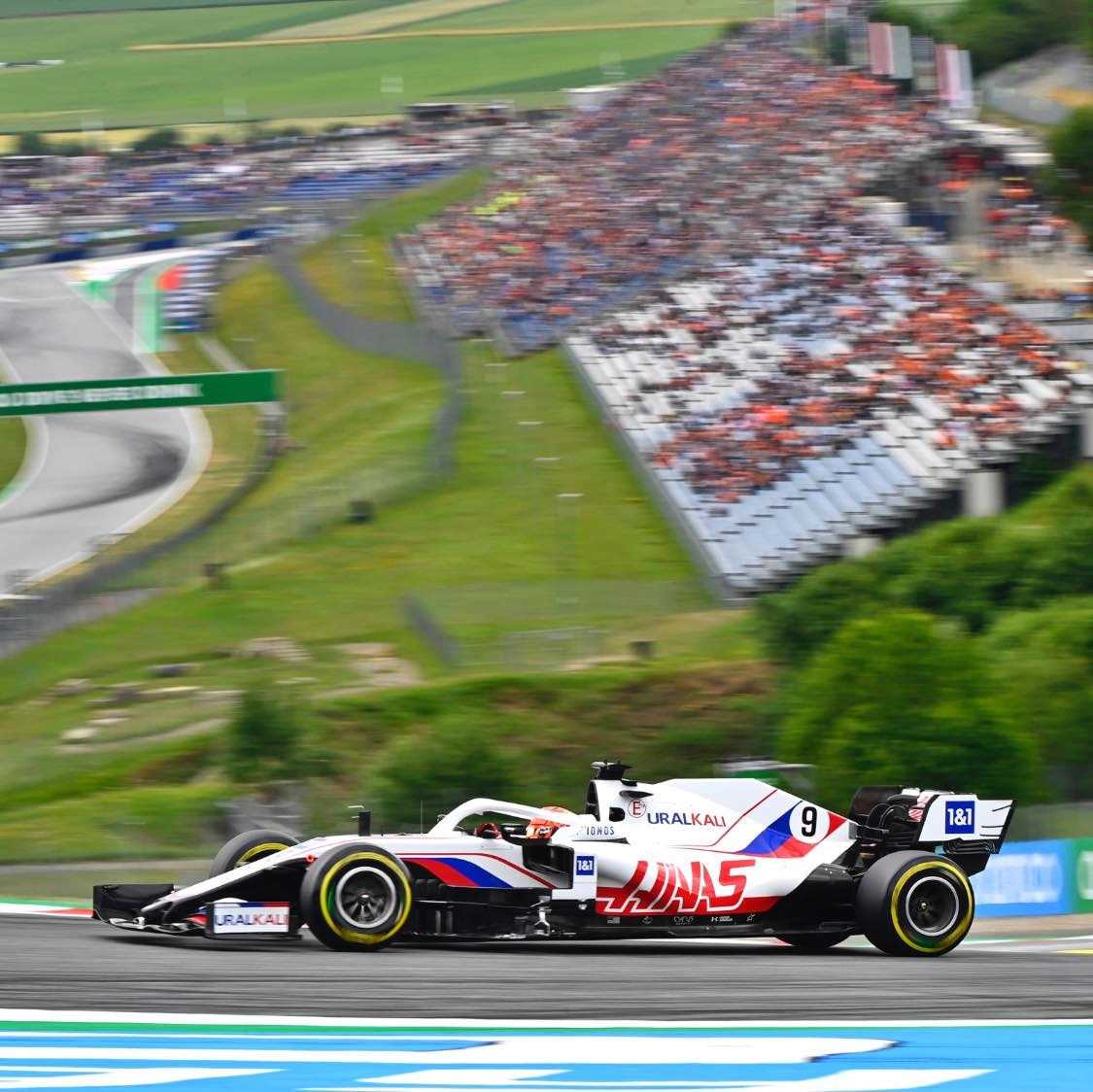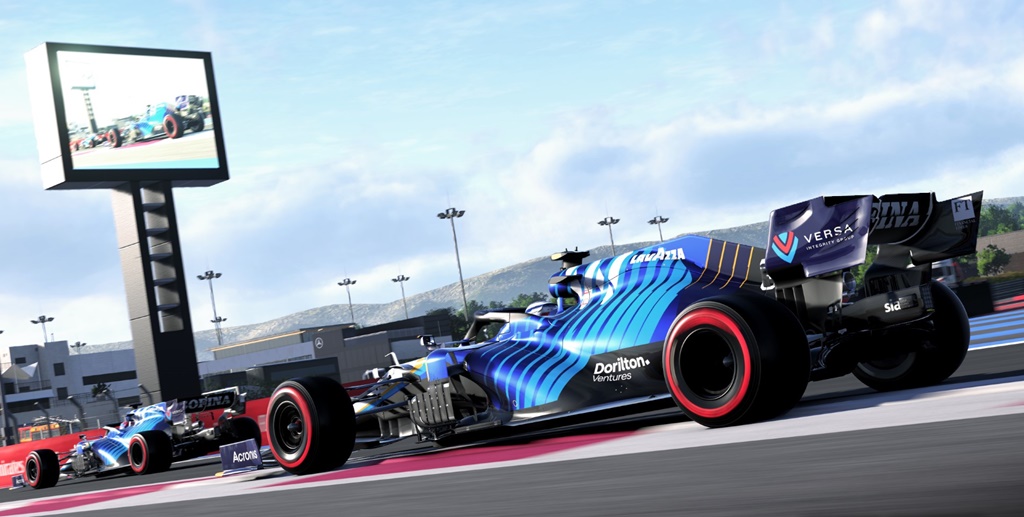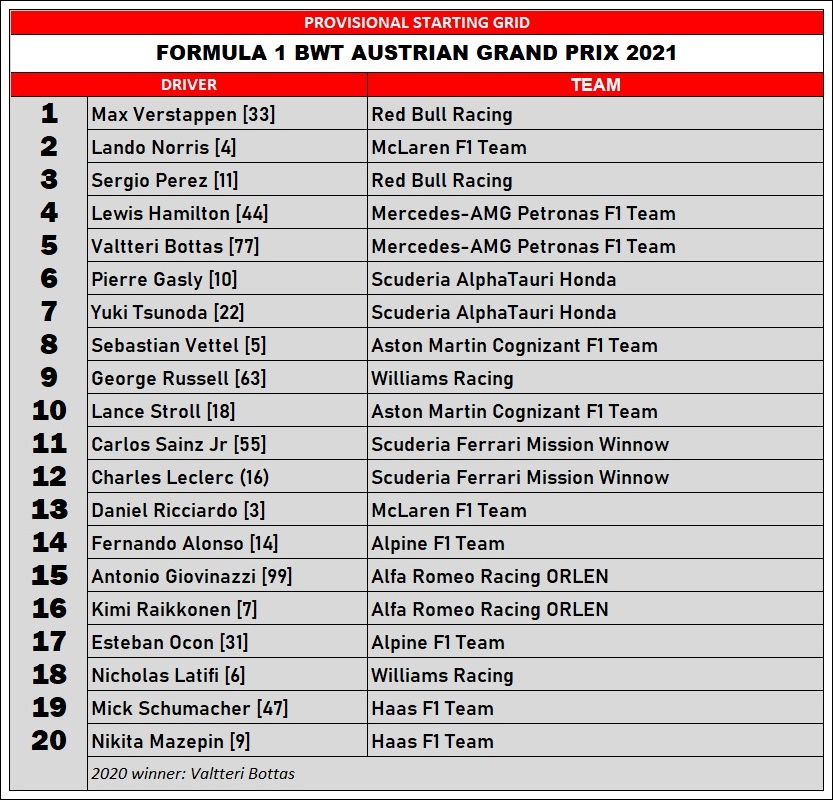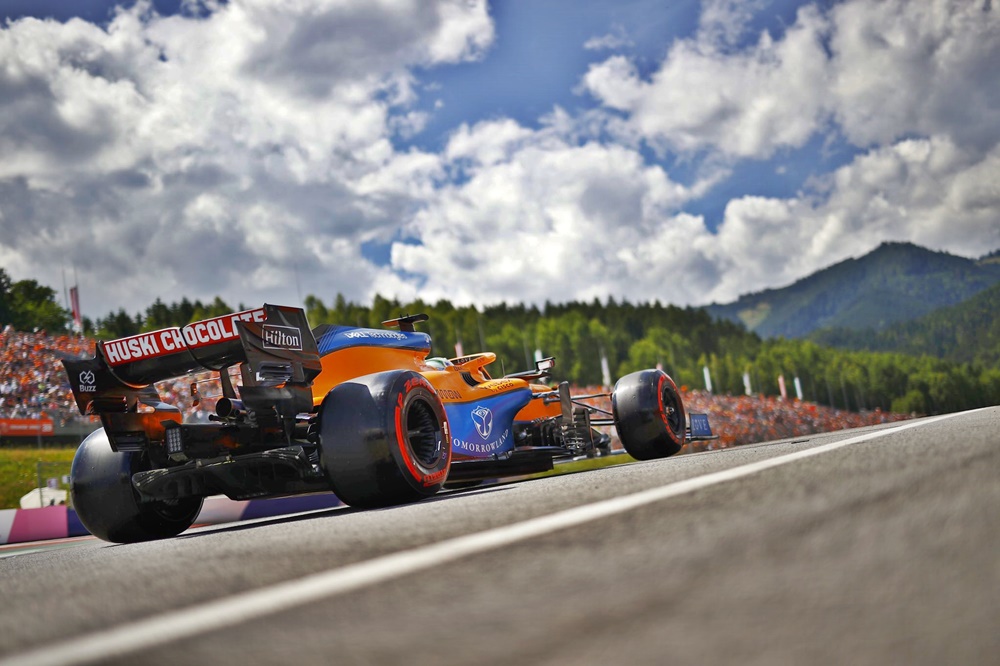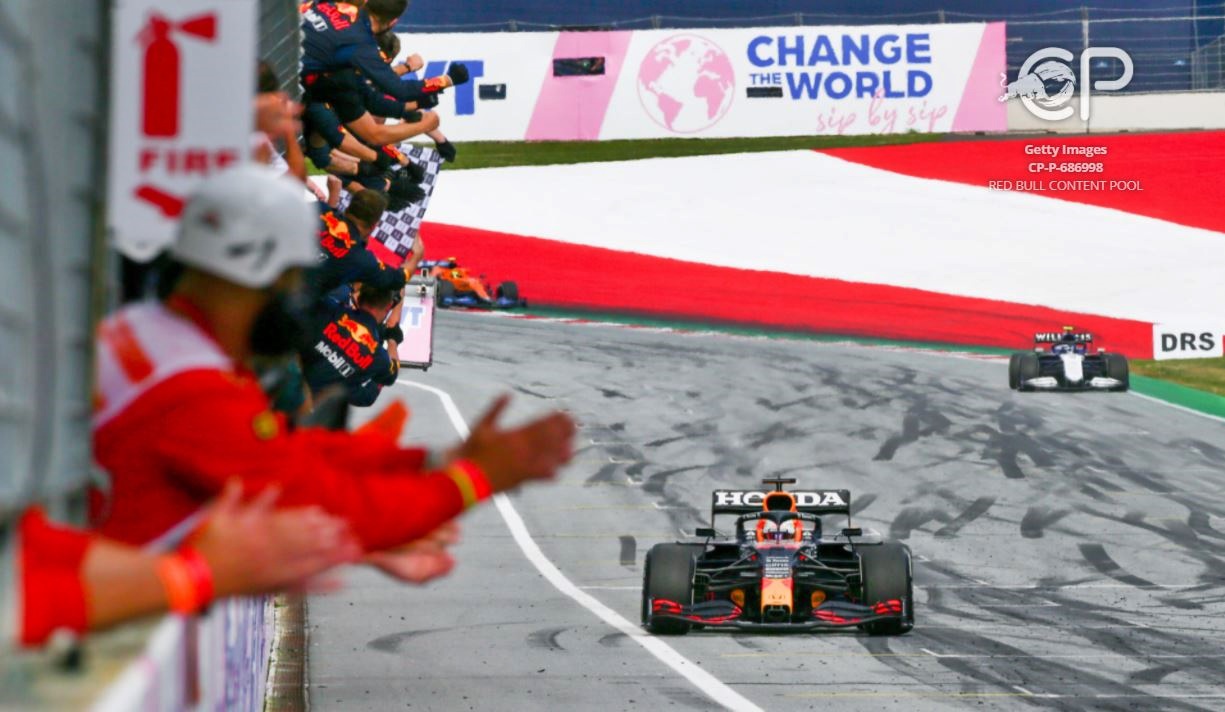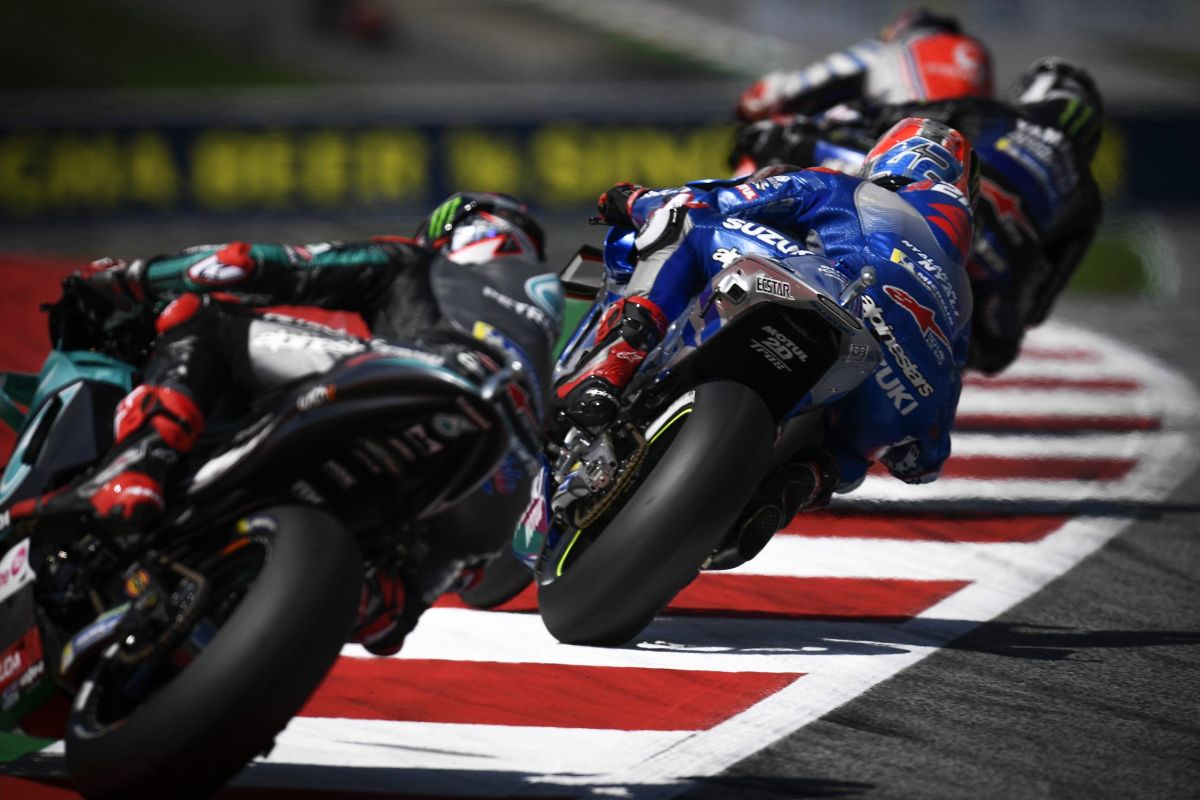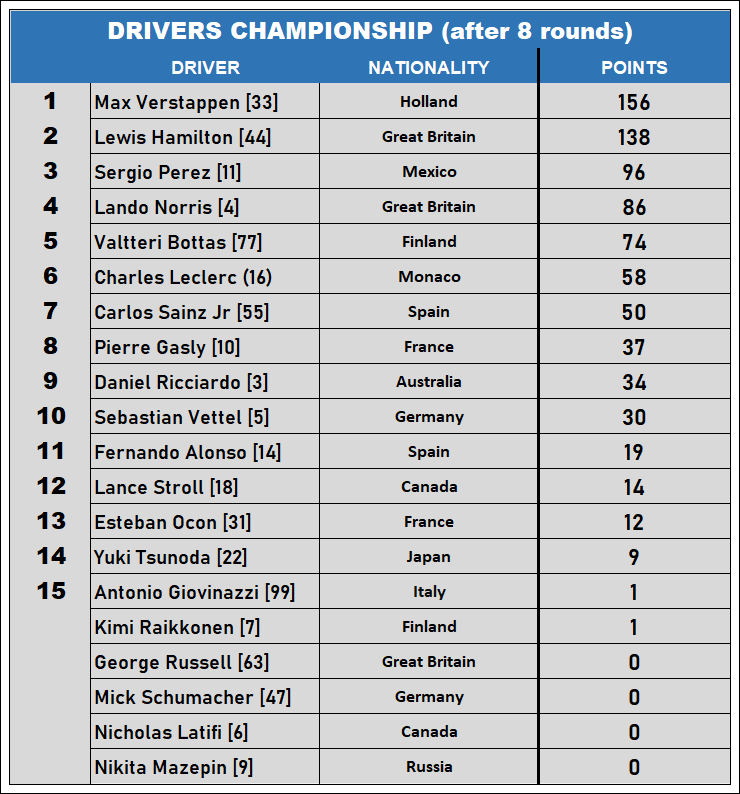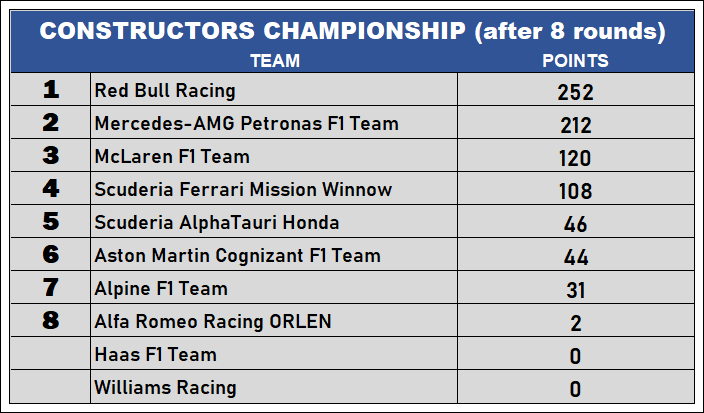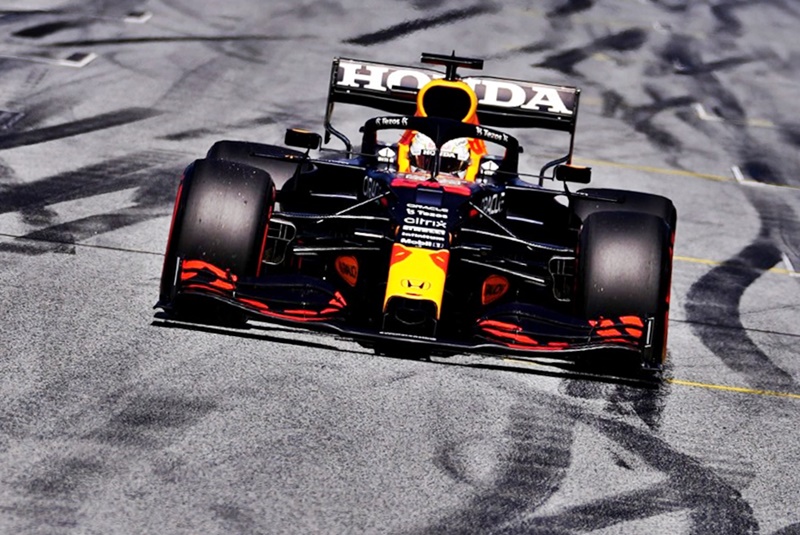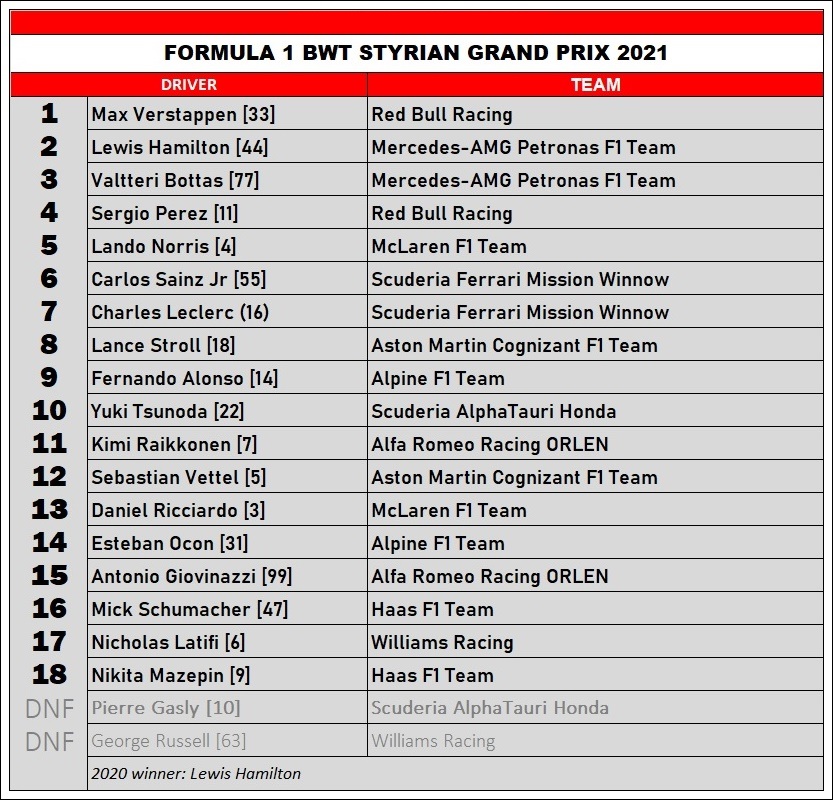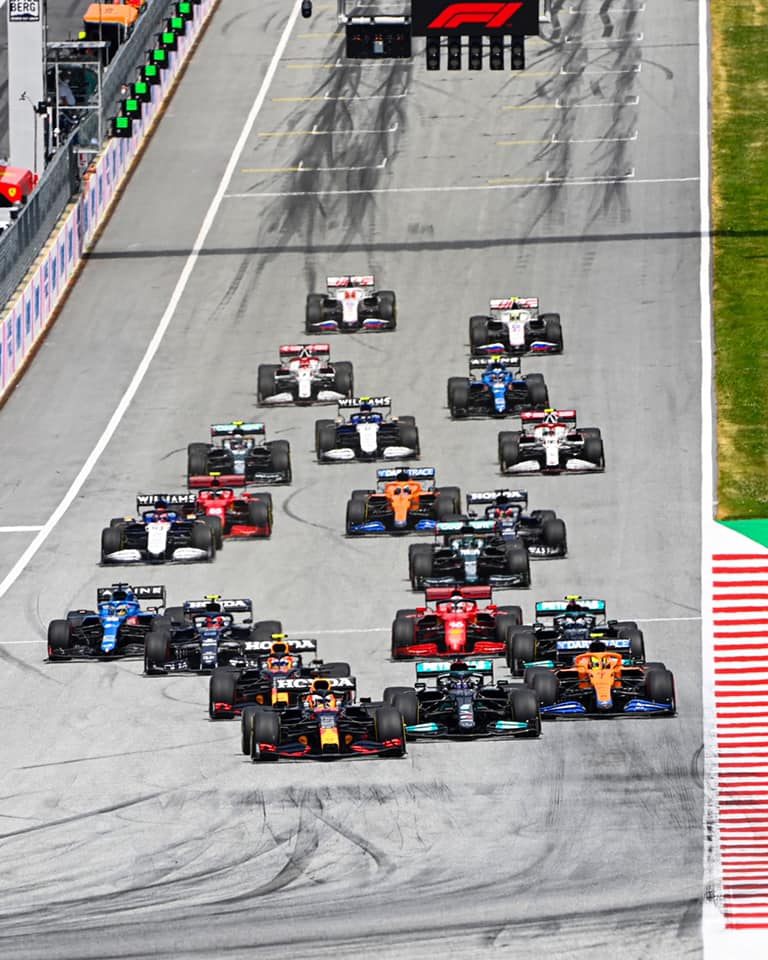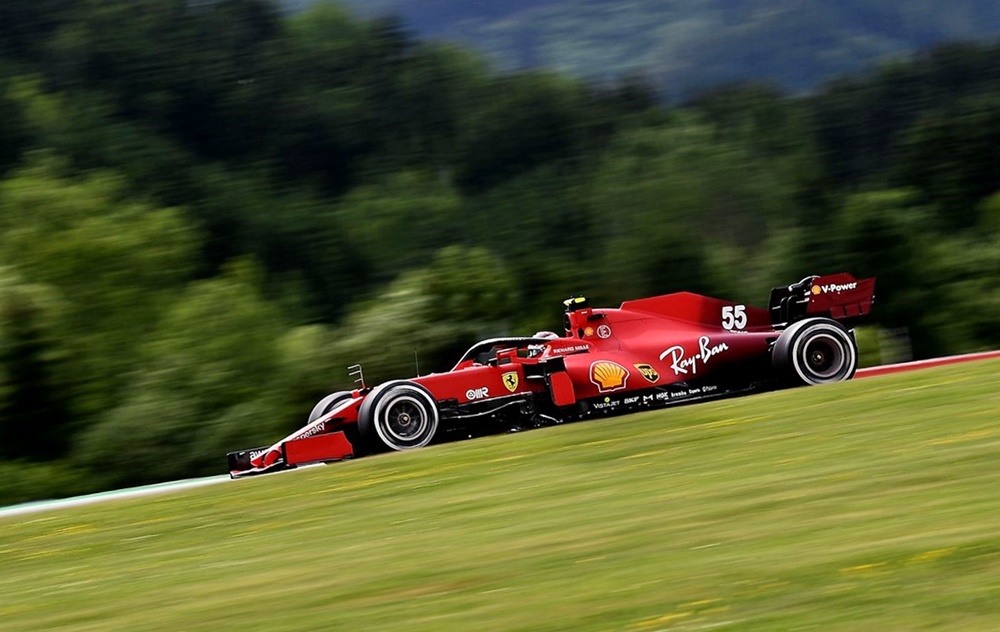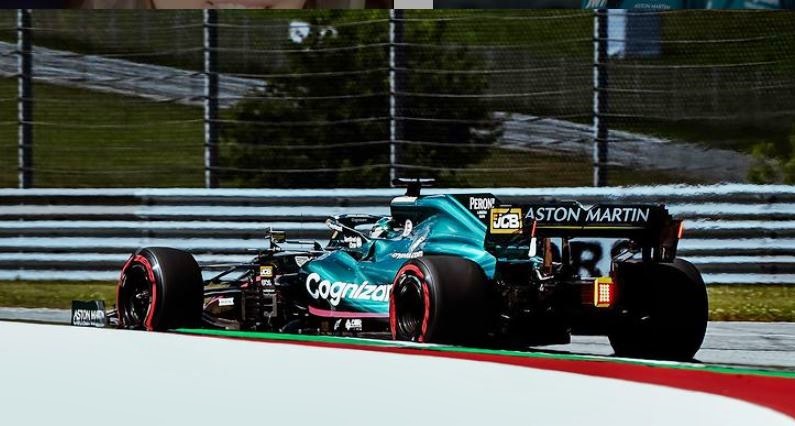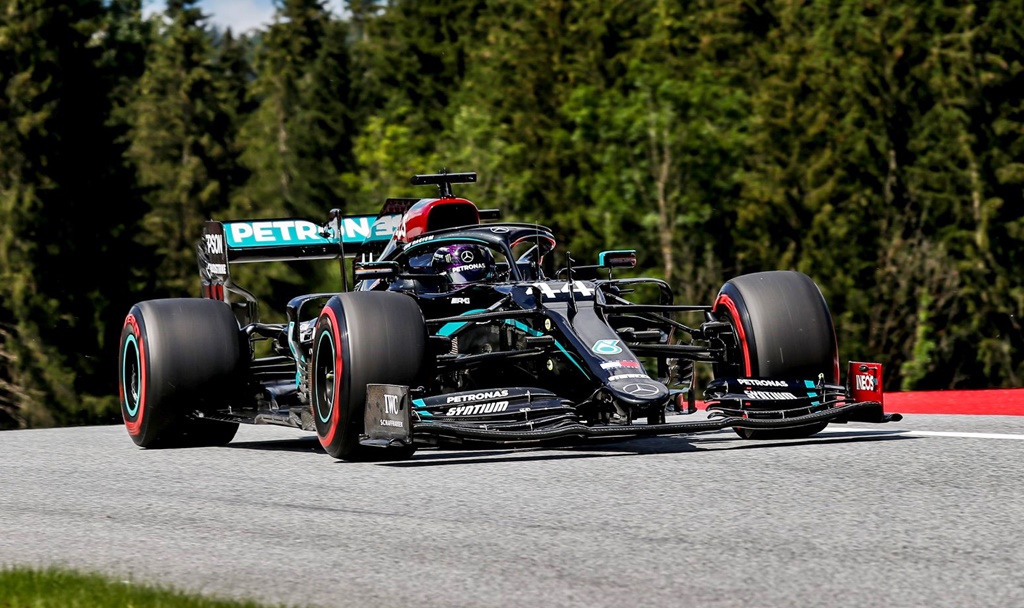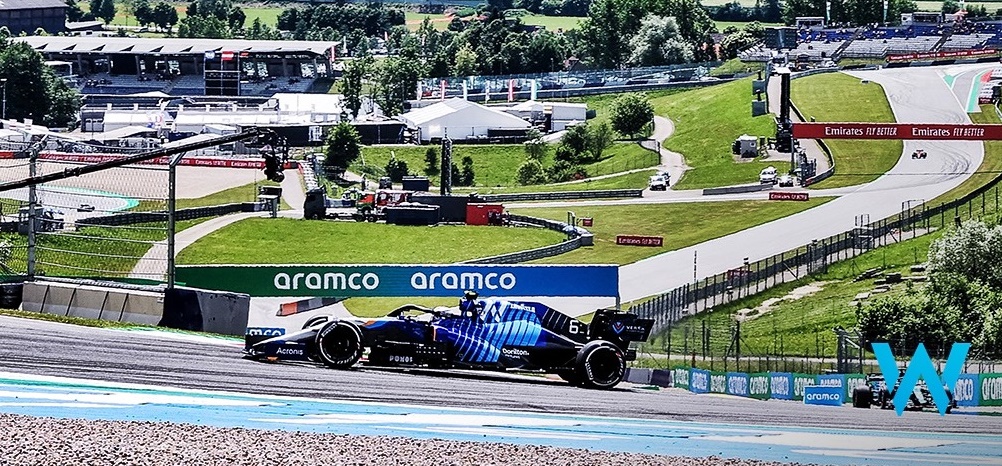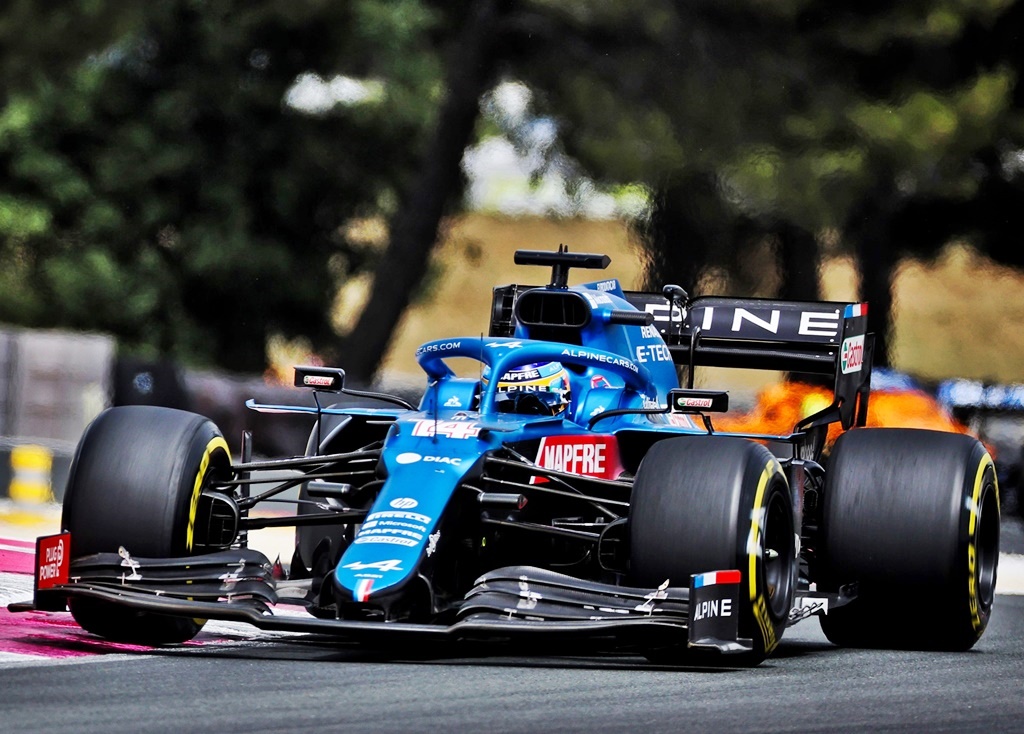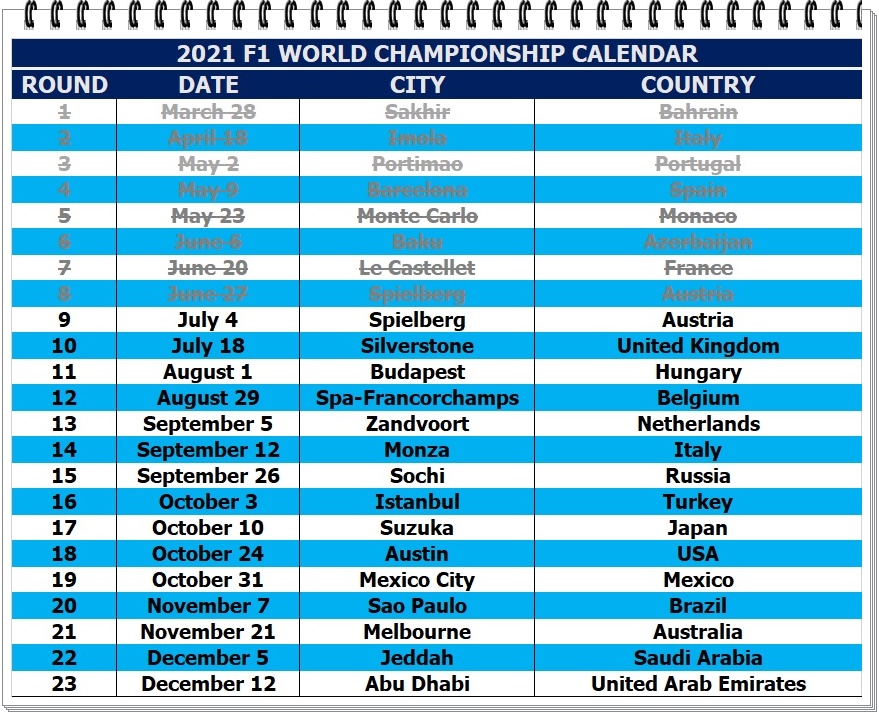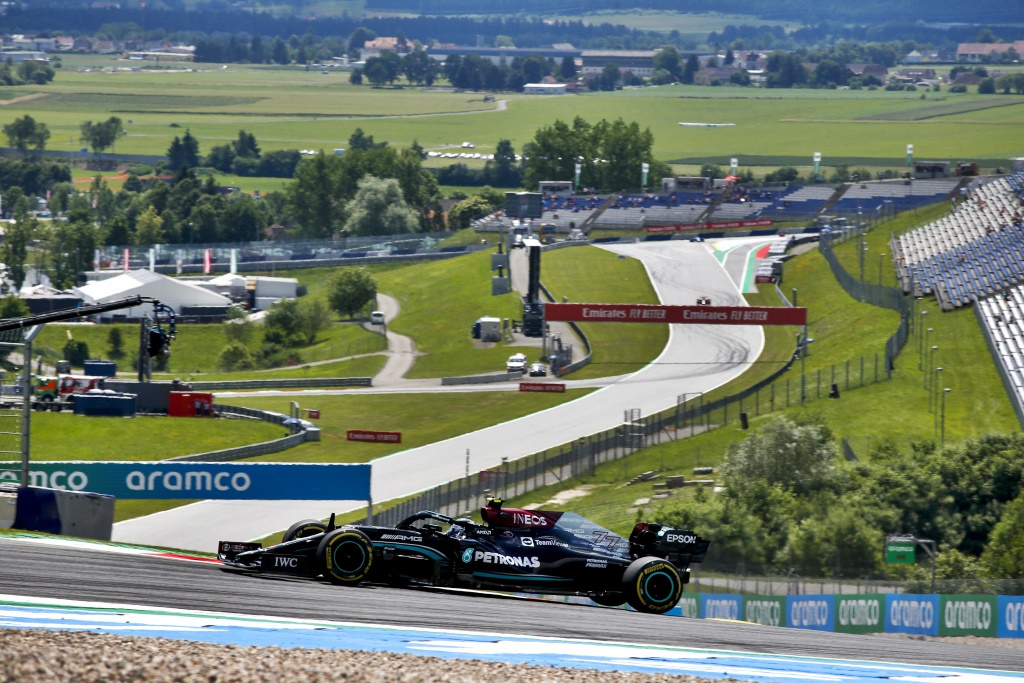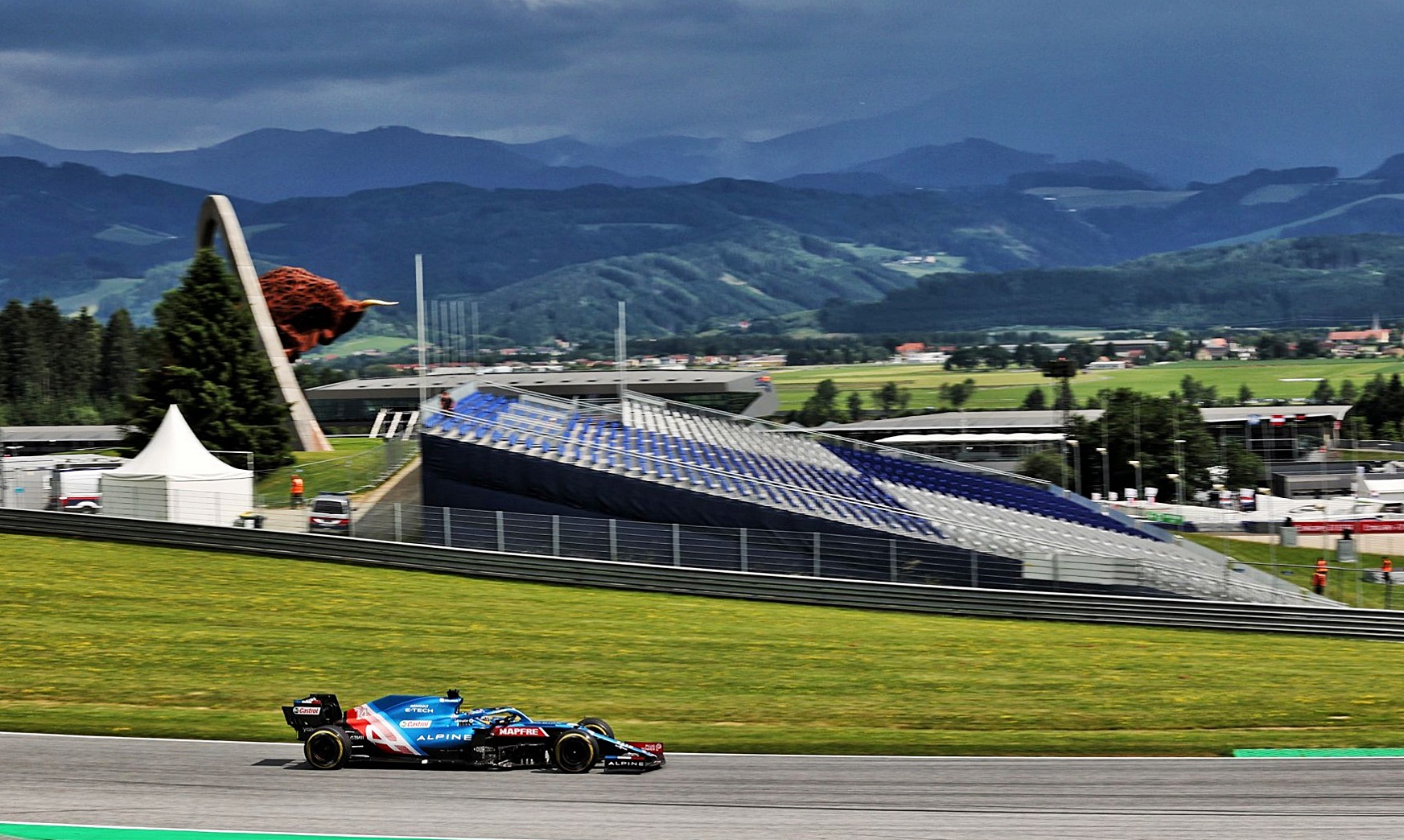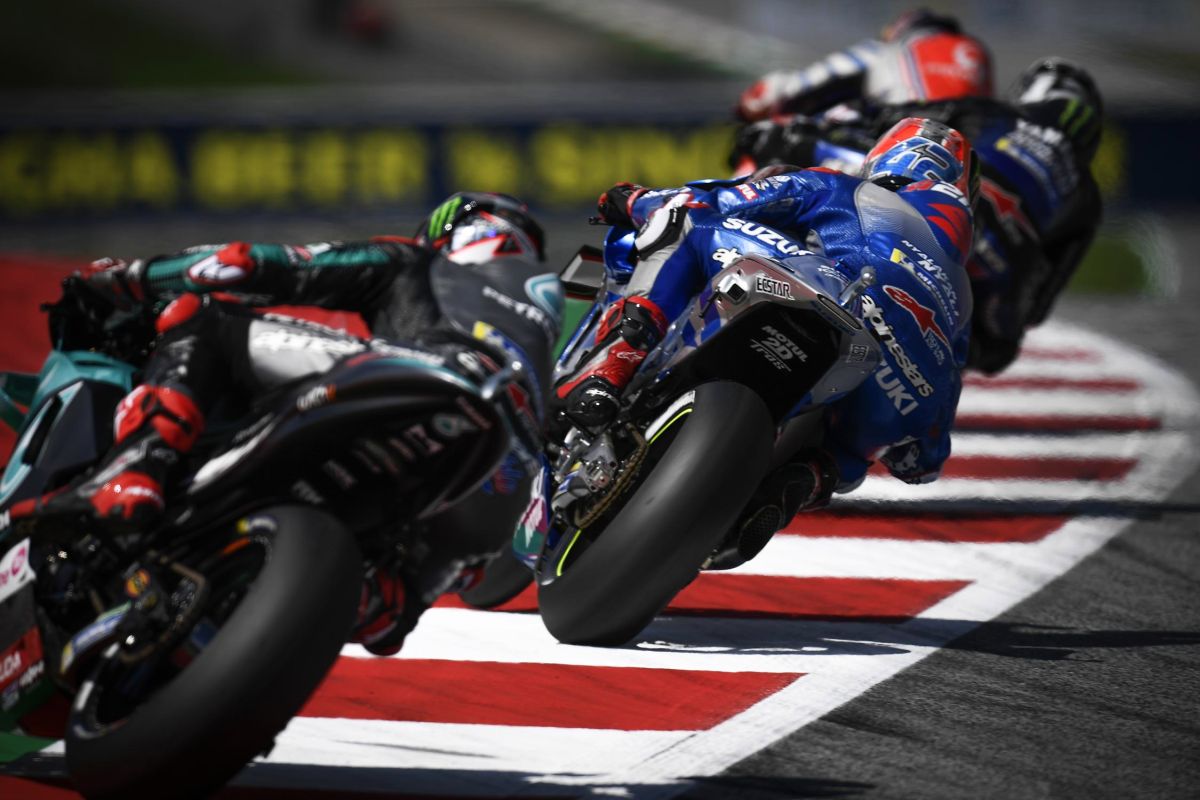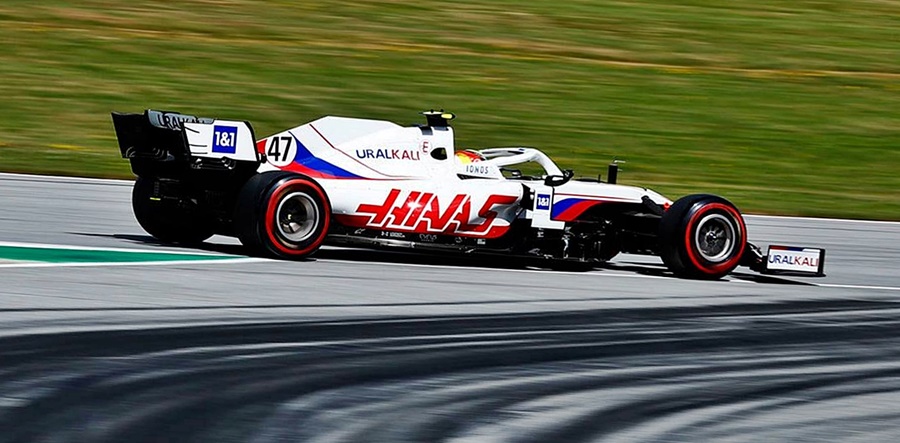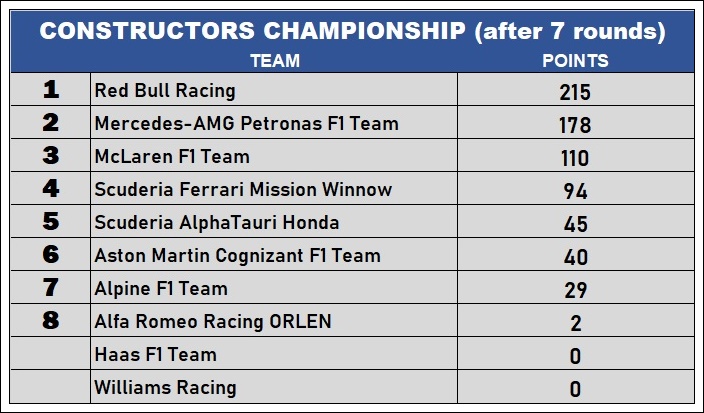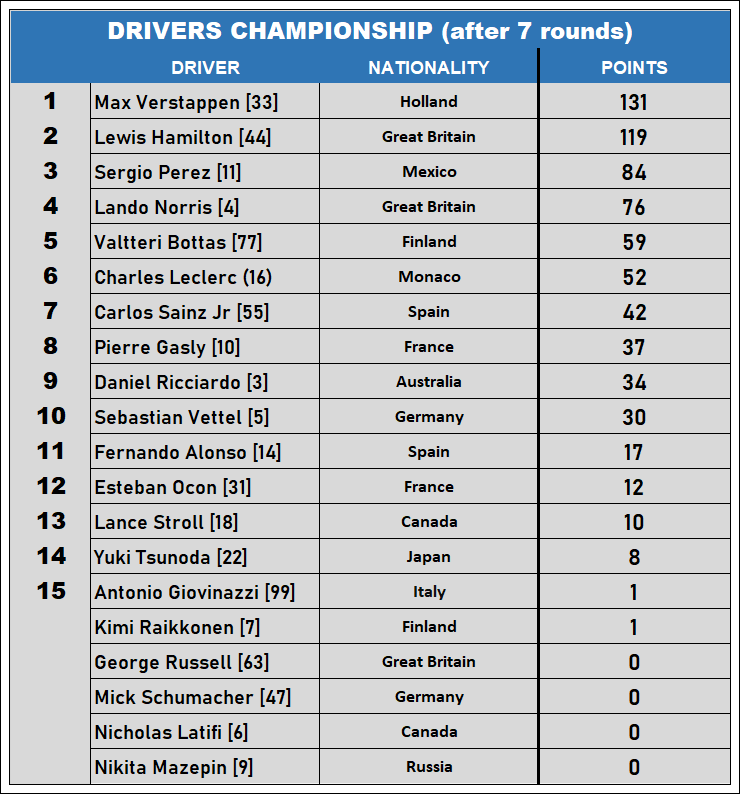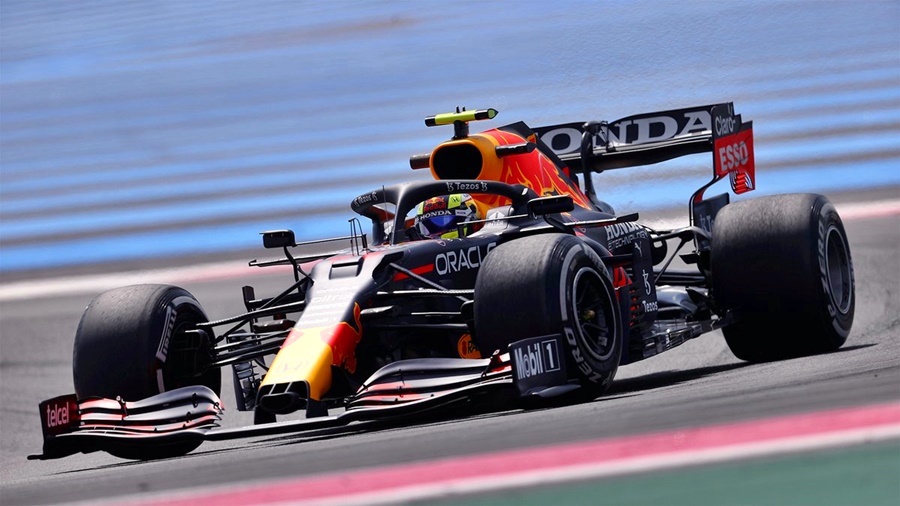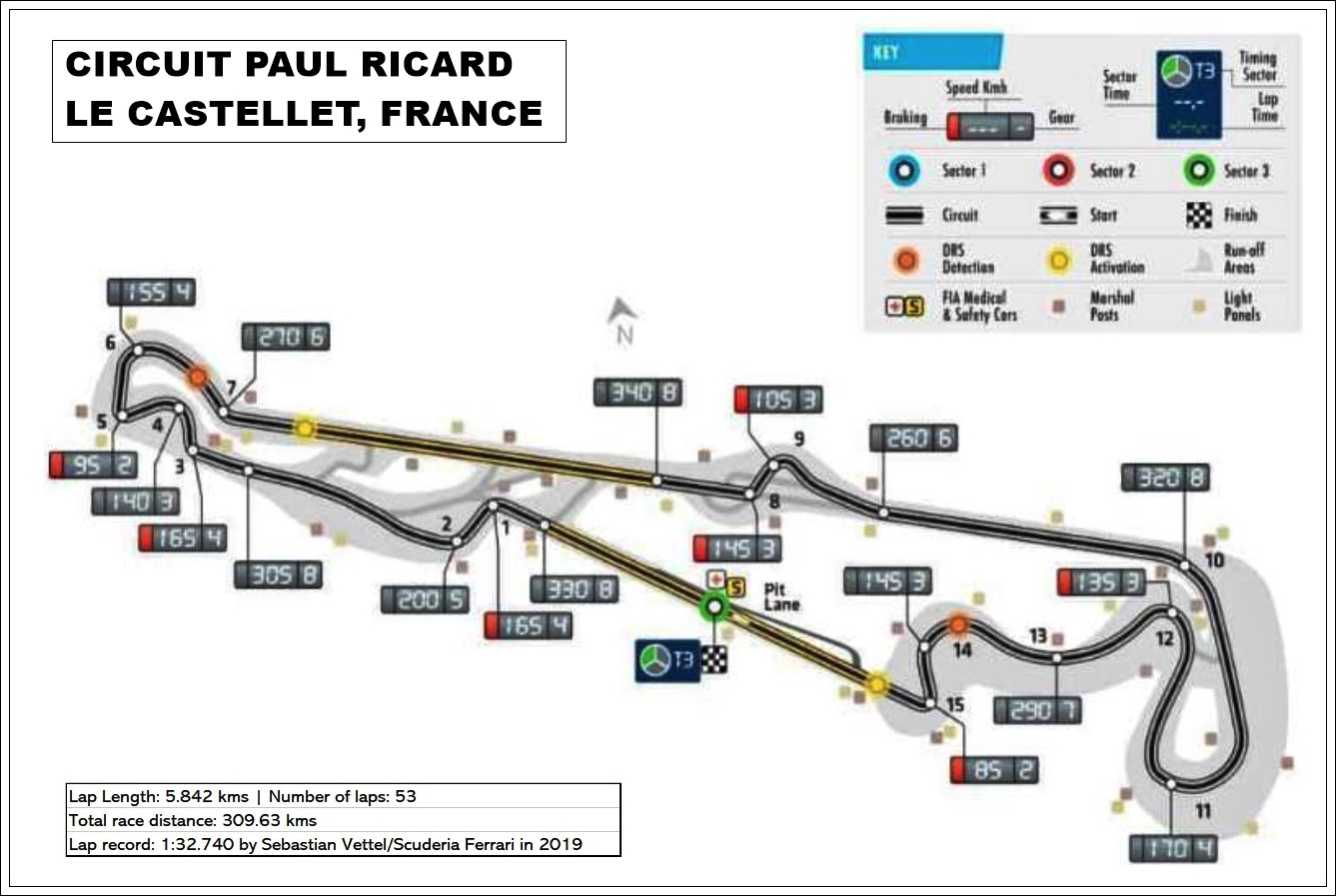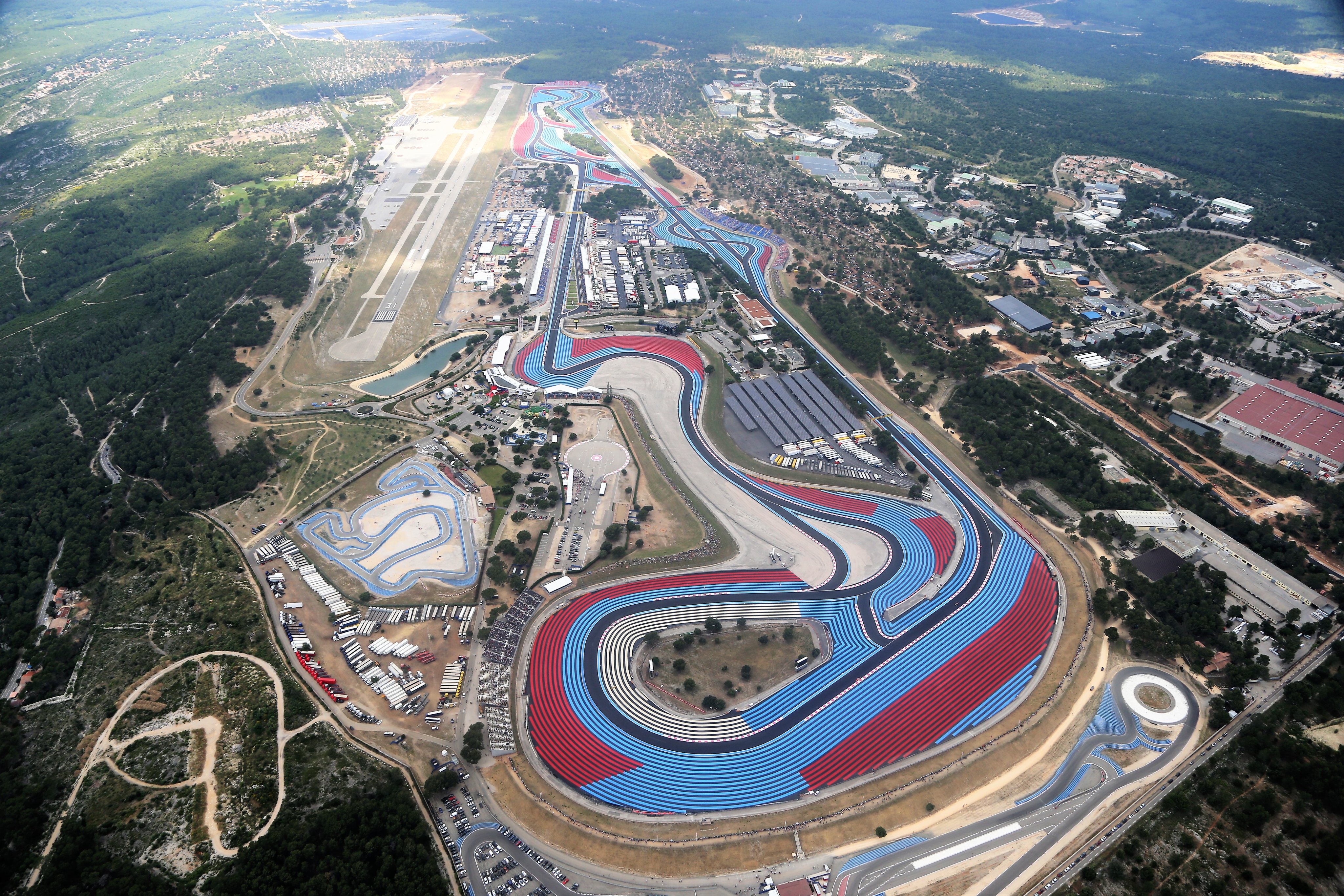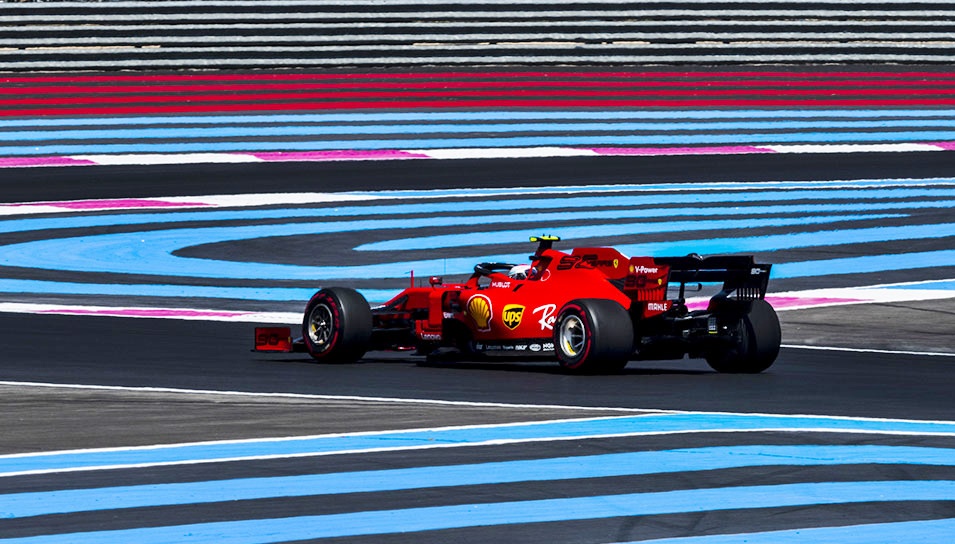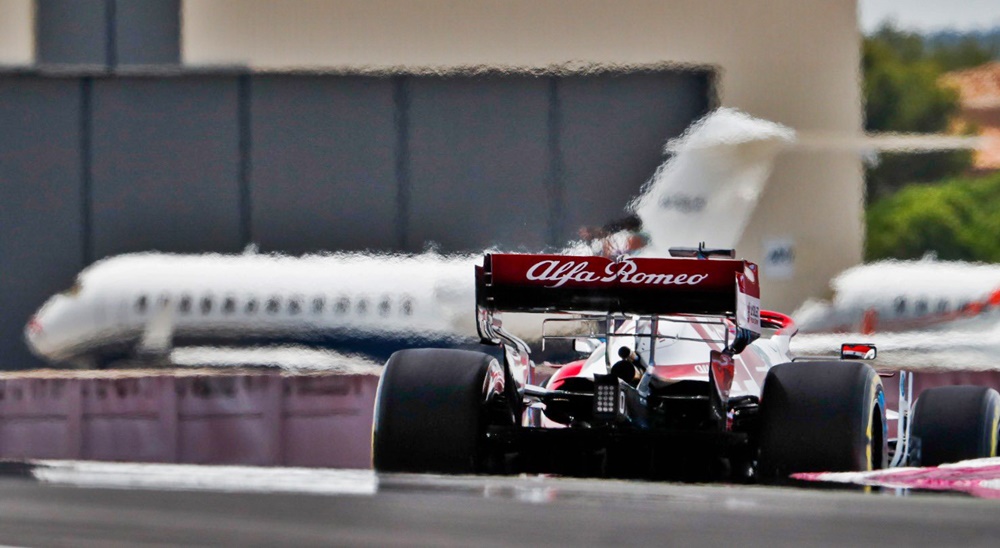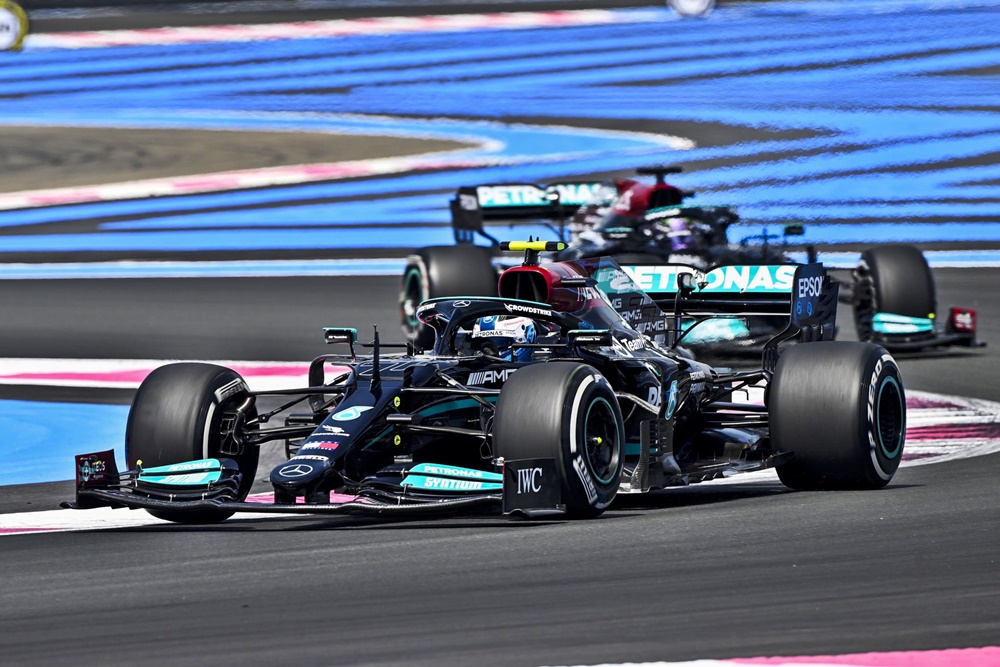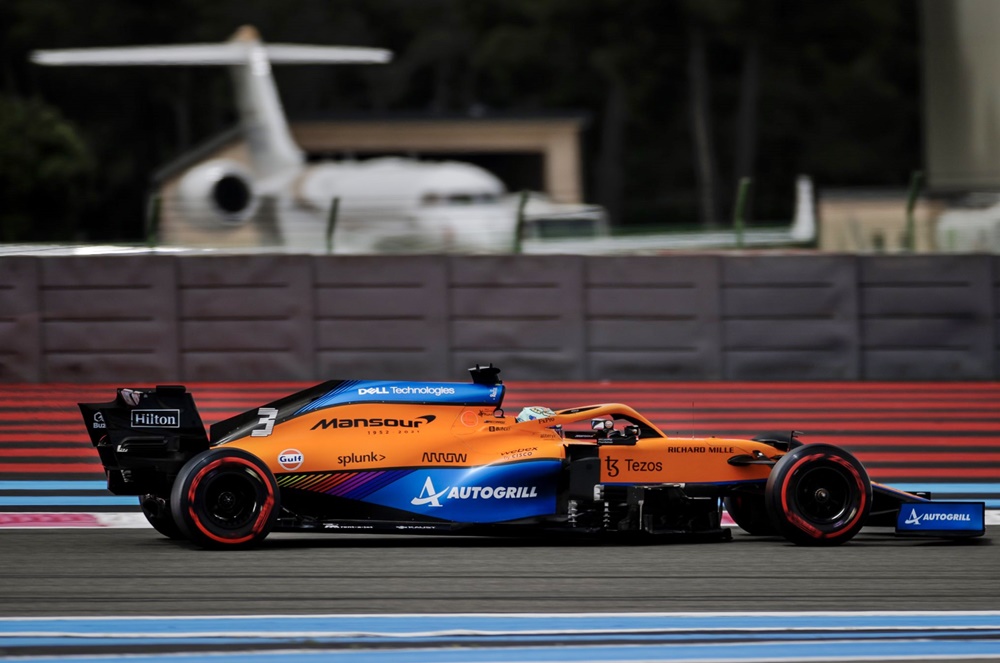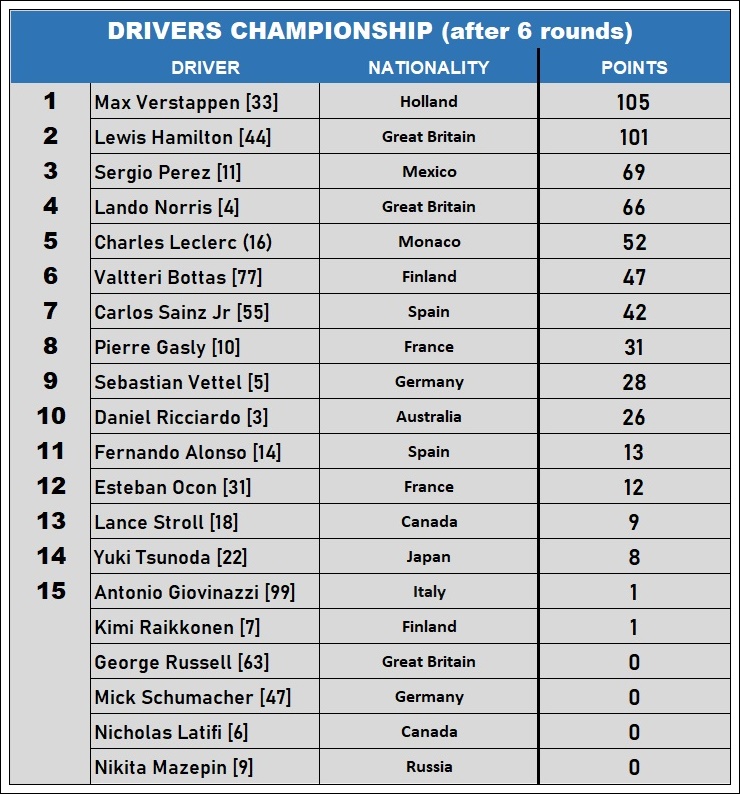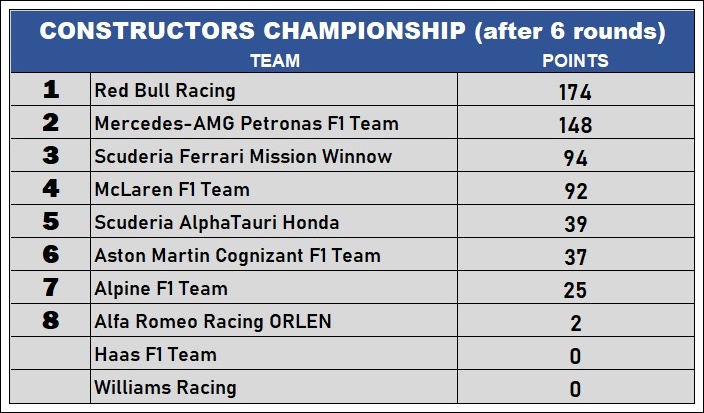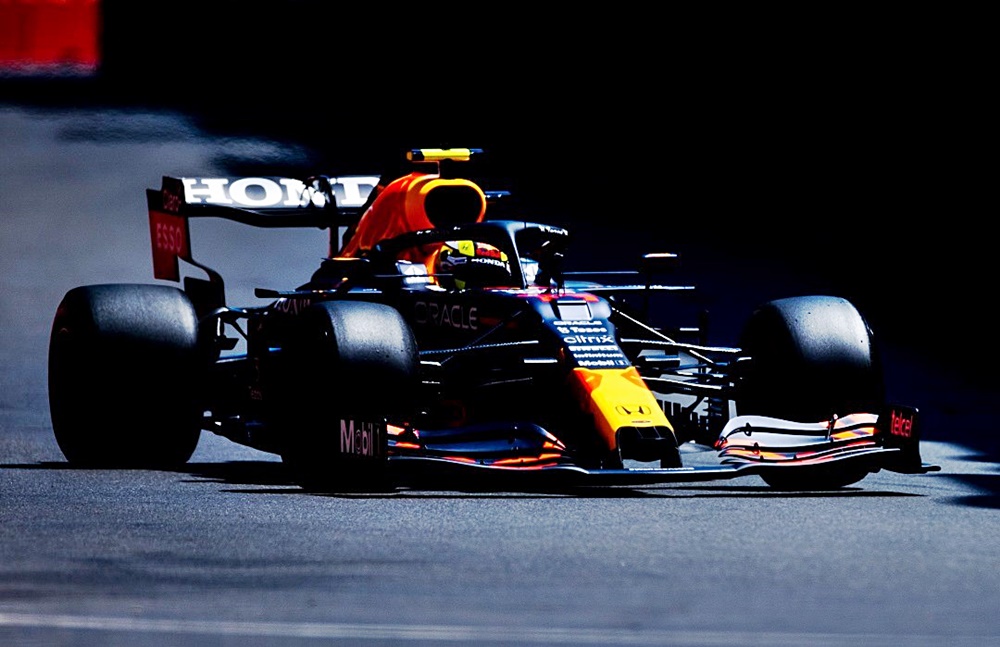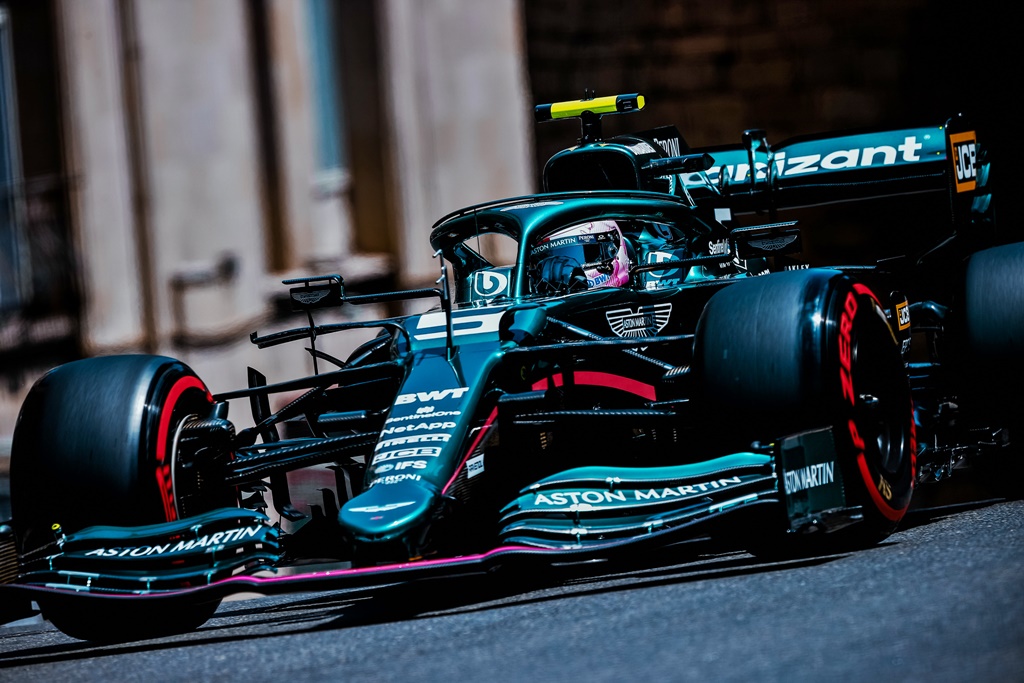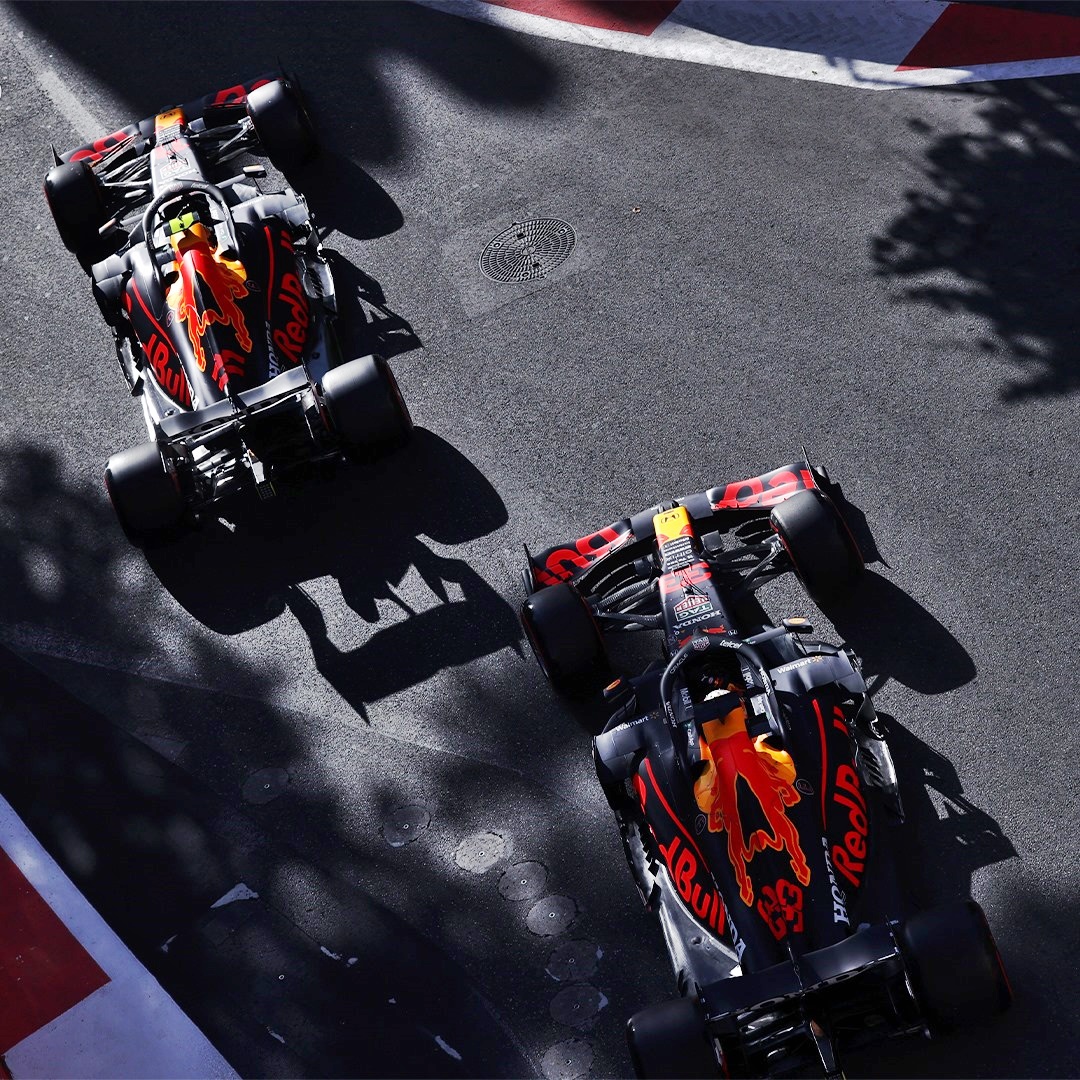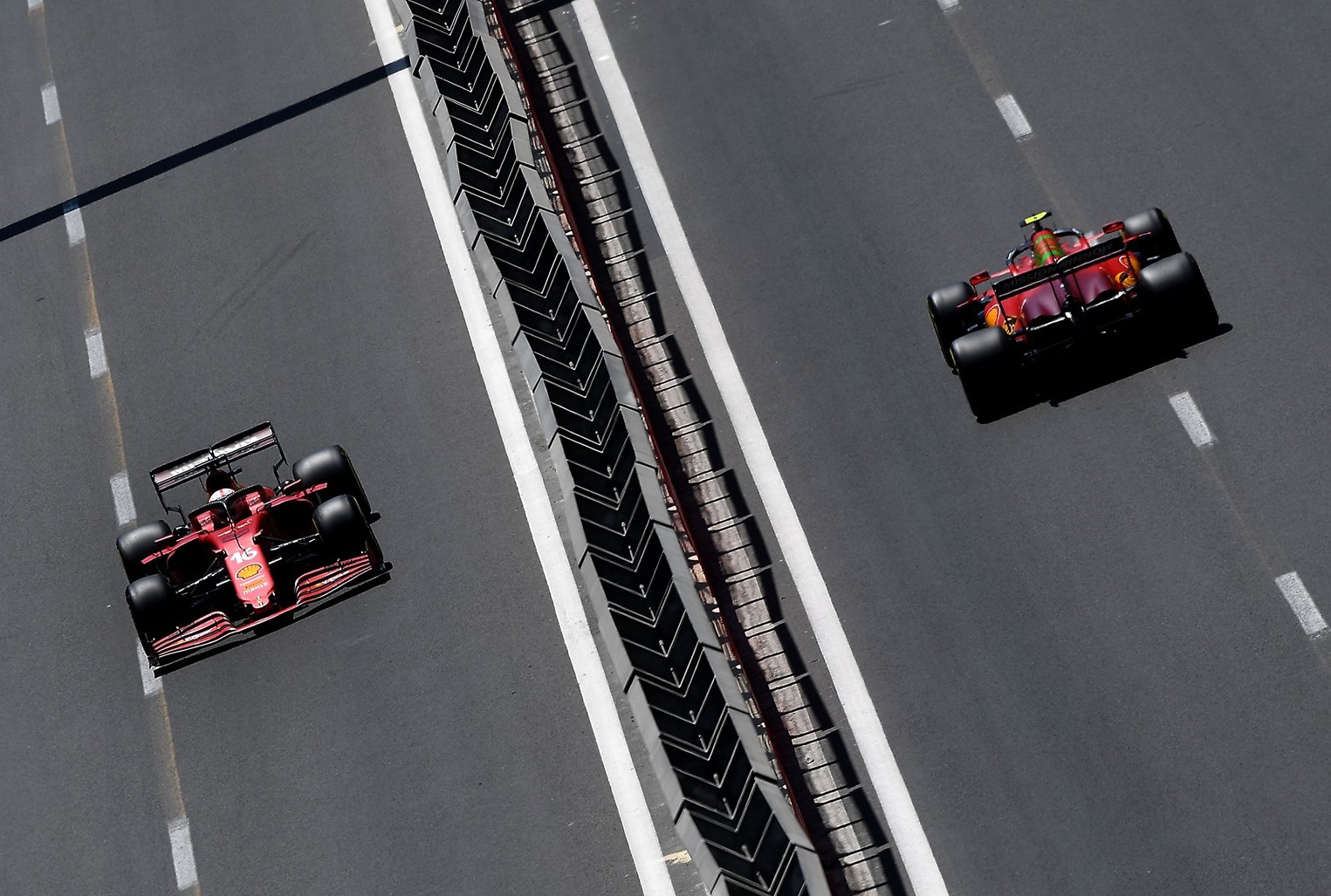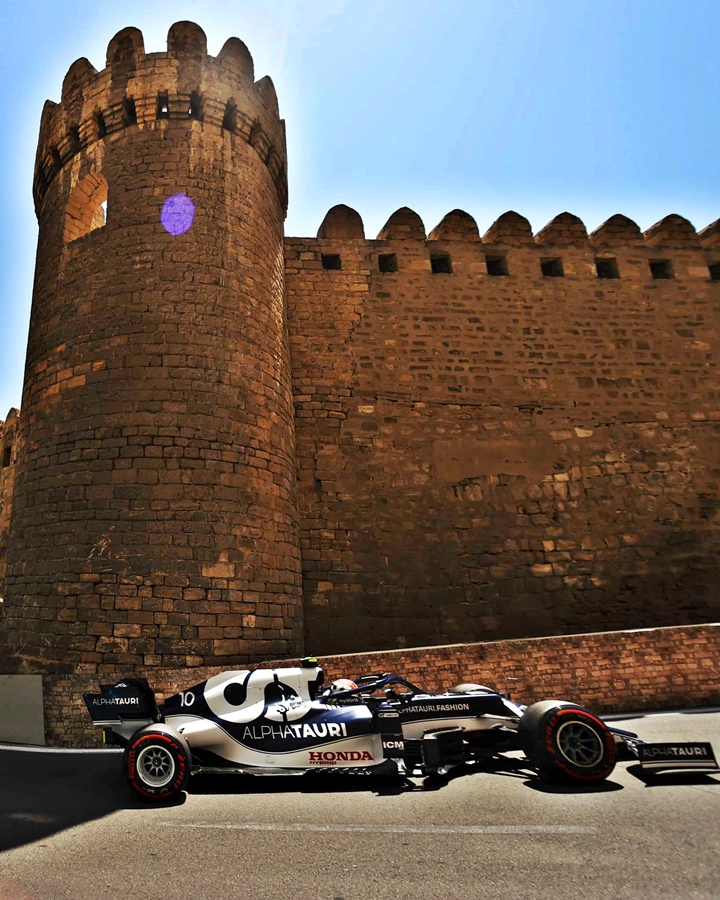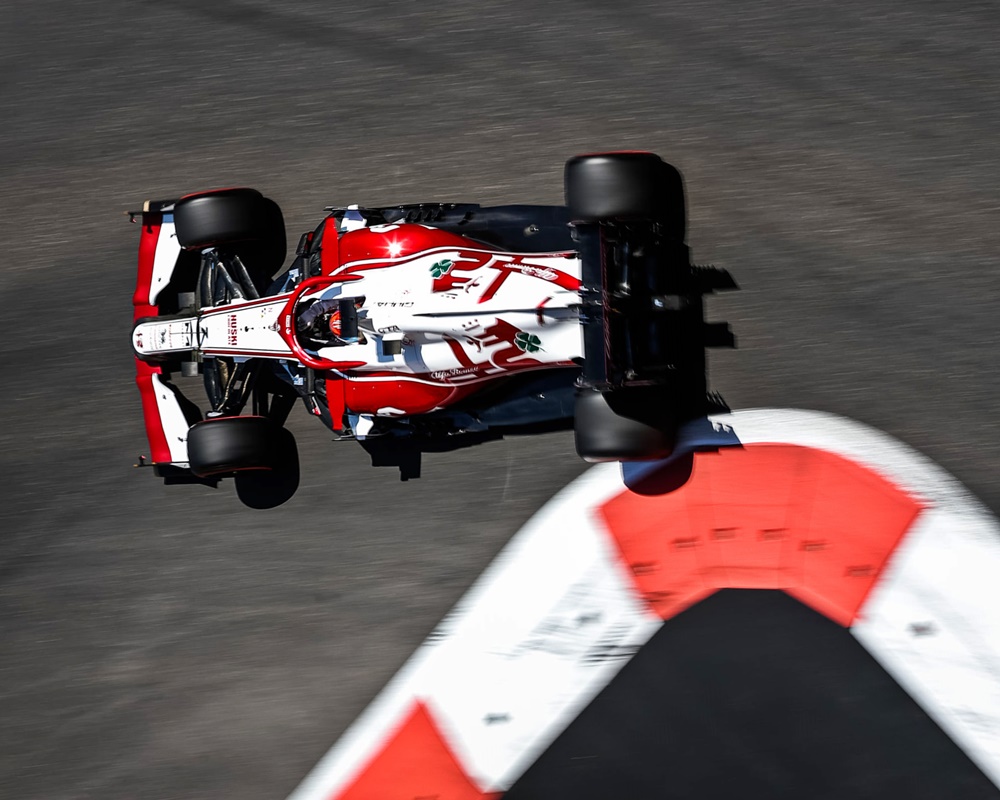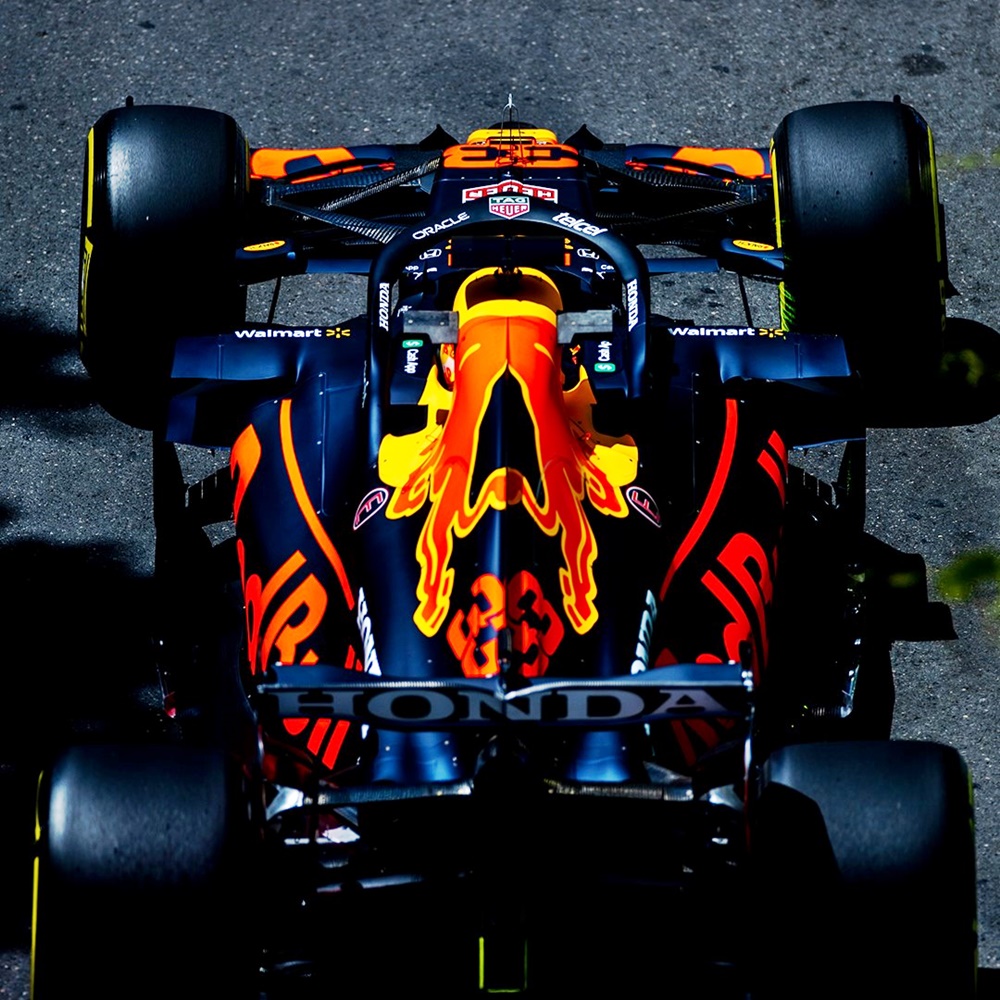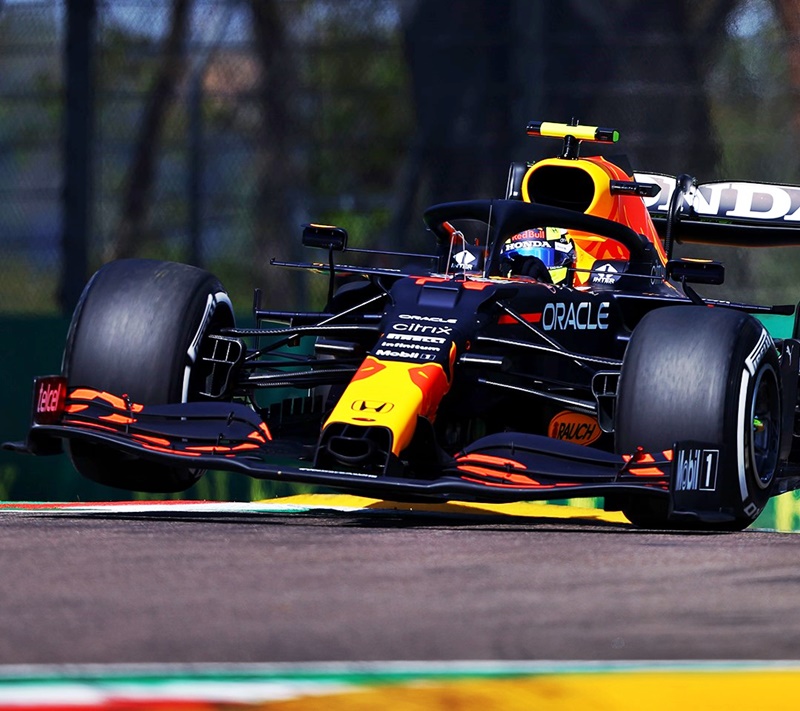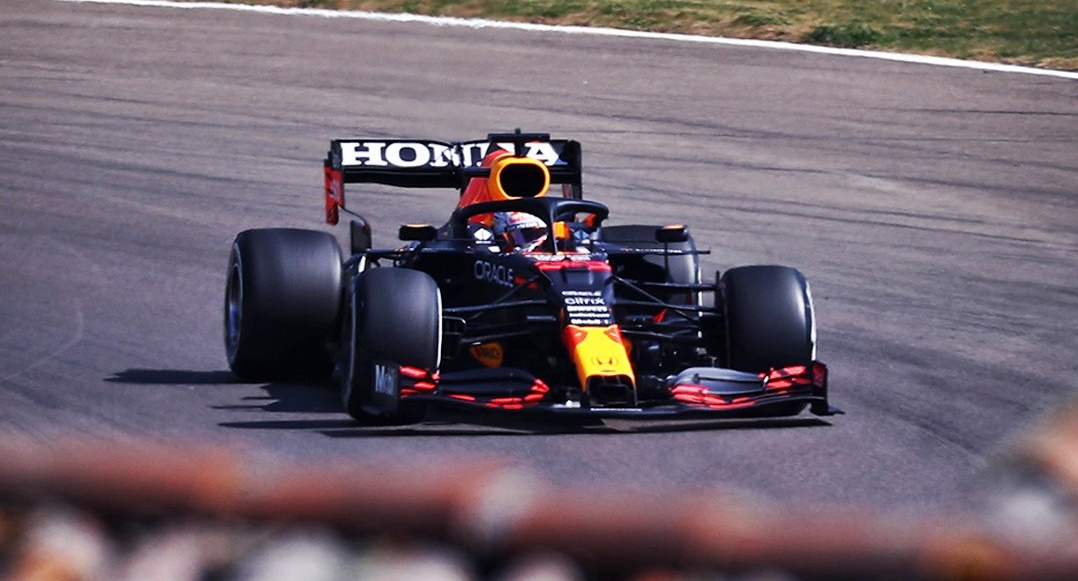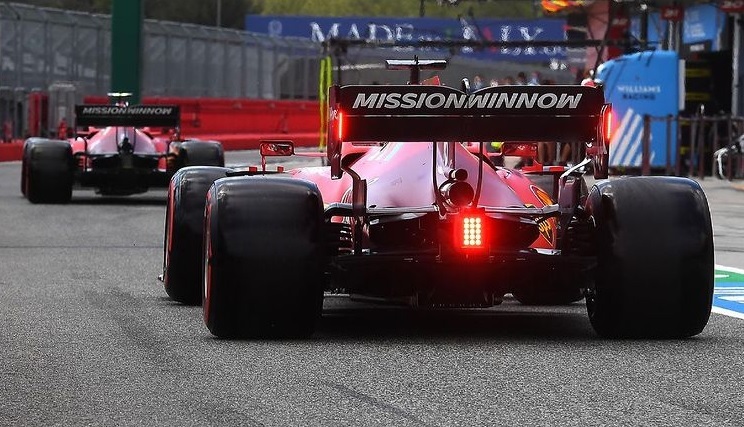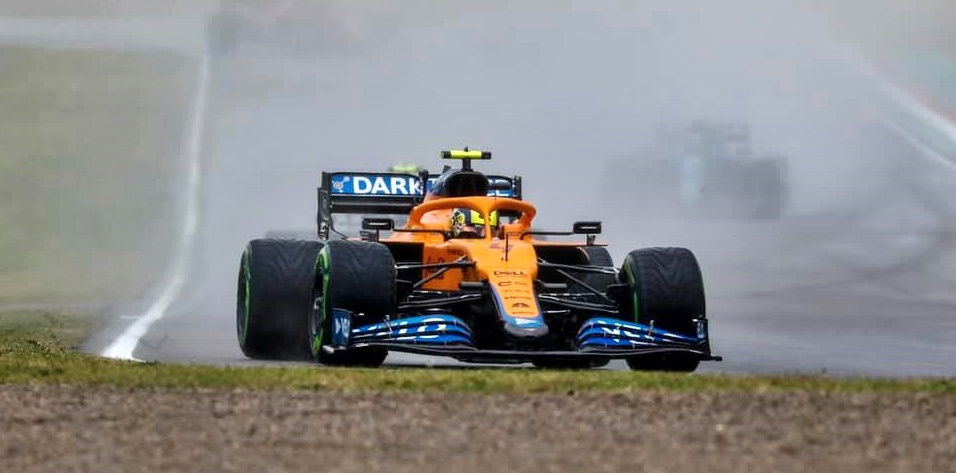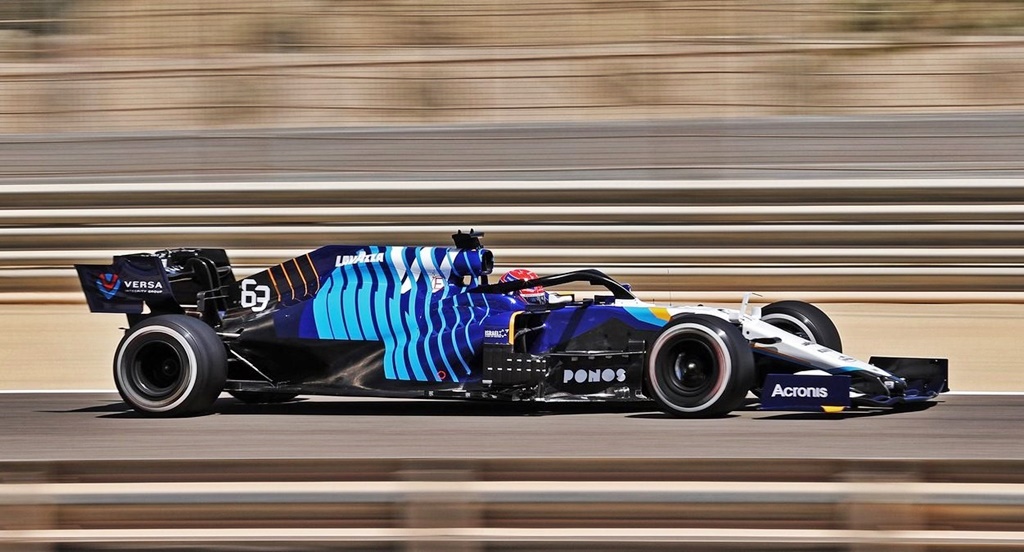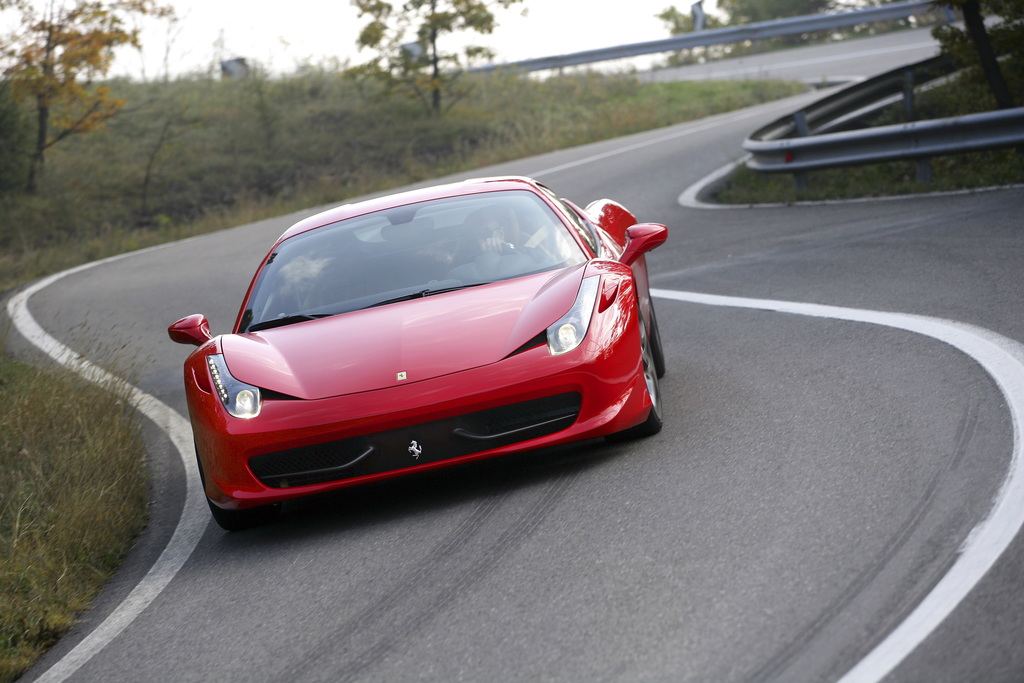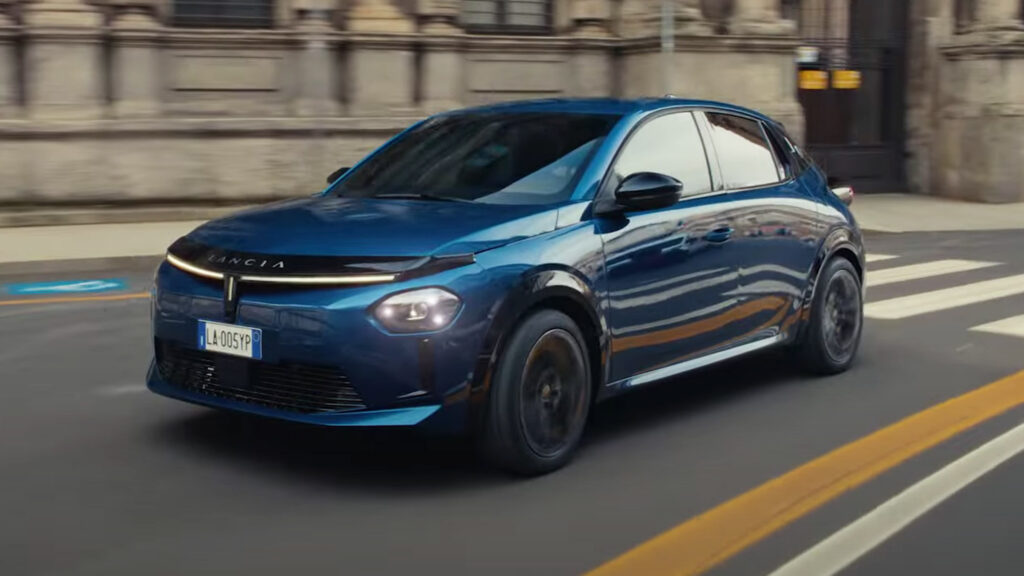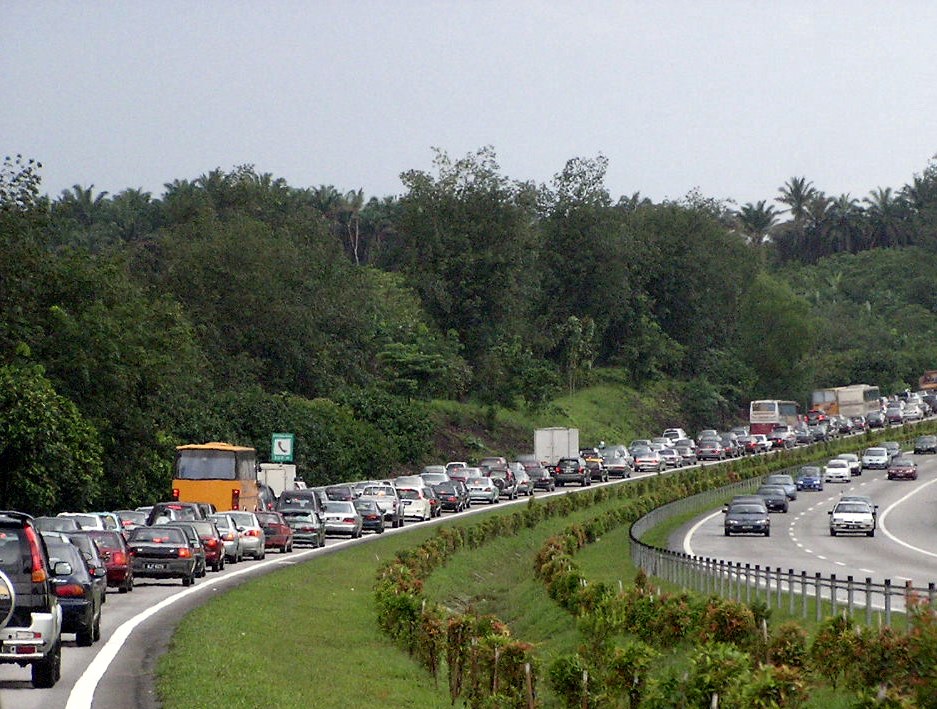As the race got underway, all eyes were on Max Verstappen and Lewis Hamilton who were on the front row, something which had not been seen since since Silverstone where even before the first lap was completed, contact between the two cars saw the Red Bull Racing driver bouncing off into the barriers. Thankfully, there was no drama as the Red Bull driver took the lead with Hamilton getting into his slipstream as they headed to Turn 1.
Zandvoort is an old-school track with overtaking opportunities limited so it wasn’t surprising that the order remained pretty much as it was on the starting grid. However, Fernando Alonso (Alpine F1) managed to find a gap and moved two places up even before the first lap was completed.
Daniel Ricciardo’s woes started early as smoke was seen coming from his McLaren and oil was also leaking onto the track. However, he still kept going and after a couple of laps, the problem seemed to go away as he held on to ninth place.
As the race headed into its second quarter, Verstappen still led with a gap of almost 3 seconds from Hamilton. The frontrunners remained out but some of the backmarkers were getting a change of tyres.
At 18 laps – one quarter of the way – the front three drivers continued to hold positions, with Valtteri Bottas doing his usual duty of watching Hamilton’s back. Further back, Scuderia Alphatauri’s Pierre Gasly was trying to keep ahead of Ferrari’s Charles Leclerc.
Sergio Perez, the other Red Bull driver, had qualified poorly and was struggling to move up the field from his starting position at 16th.
On lap 21, Hamilton had enough of his tyres and came in for a fresh set, the first among the frontrunners to do so. The move saw Red Bull also bringing in Verstappen and getting him out and ahead of Hamilton in a time 9/10ths of a second quicker than the stop at the Mercedes-AMG pits. Bottas had inherited the lead, and Verstappen was almost 10 seconds away.
As lap 26 began, Verstappen was chasing Bottas while keeping an eye in the mirror on a fast closing Hamilton. The World Champion had cut the gap to less than 2 seconds, which was making for a very interesting battle. The chase was hard on the Red Bull’s tyres, which was what Bottas was aiming to do.
But pushing hard, Verstappen eventually overtook Bottas on the 32nd lap, with Hamilton shooting past still intent on closing the gap. Bottas came in, got his new tyres and was out in 2.2 seconds, still able to slot back into third place but 24 seconds behind his team mate. He had no threat from Gasly who was 2o seconds behind, so he settled into maintaining his defending position.
About halfway through the race, only two drivers had still not come in for new tyres – Land Norris and Robert Kubica, who was taking Kimi Raikkonen’s place in the race because Kimi had tested positive for COVID-19.
On lap 38, a pile-up was avoided when Sebastian Vettel (Aston Martin COGNIZANT) spun on the banking at Turn 3 as he tried to pass Kubica. Bottas was coming along and just managed to miss the cars.
On lap 41, Hamilton came in for a tyre change again and Red Bull did the same thing one lap later with Verstappen, The positions did not change and the Dutchman had newer tyres to give maximum effort as he tried to increase the 3-second gap from his rival. In retrospect, there was concern that with 30 laps to go, Hamilton had done the second tyre change too early and worse, he had been given used tyres.
On lap 43, Nikita Mazepin (Haas F1) was forced to end his race when his car developed a hydraulic issue that could not be fixed. He was the first driver to retire at the 2021 Dutch Grand Prix. Following him was Yuki Tsunoda of Scuderia AlphaTauri who would also get to go home early. He had notified his team that he had lost power and telemetry confirmed a problem, so he was brought in.
Hamilton was around 2 seconds behind Verstappen on lap 57 as the Red Bull driver started to get close to traffic ahead. But it wasn’t necessarily good for Hamilton who was noticing some power problems in his car. But the slower cars see the two race leaders coming up and move aside as much as they can, not wanting to be responsible for causing any incident.
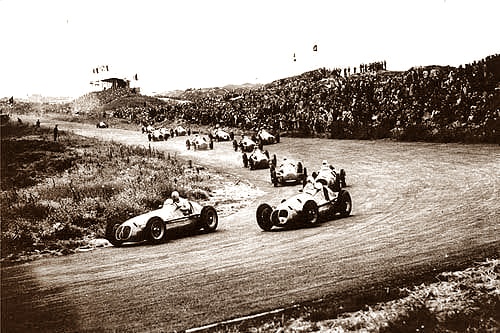
Less than 10 laps from the end of the race, Hamilton was finding the going harder and harder as the tyres were worn out, and the gap started to widen. It looked like Verstappen would be able to take the chequered flag and regain his championship lead – with team mate Perez providing a few more as he had managed to make it up to points positions. However, in his attempt to get past Norris, there was contact between the cars which the Stewards noticed and considered.
In the closing laps, the Mercedes-AMG team decided that their cars should have fresh tyres so that the drivers could at least put in the fastest lap and collect the precious point for the team.


